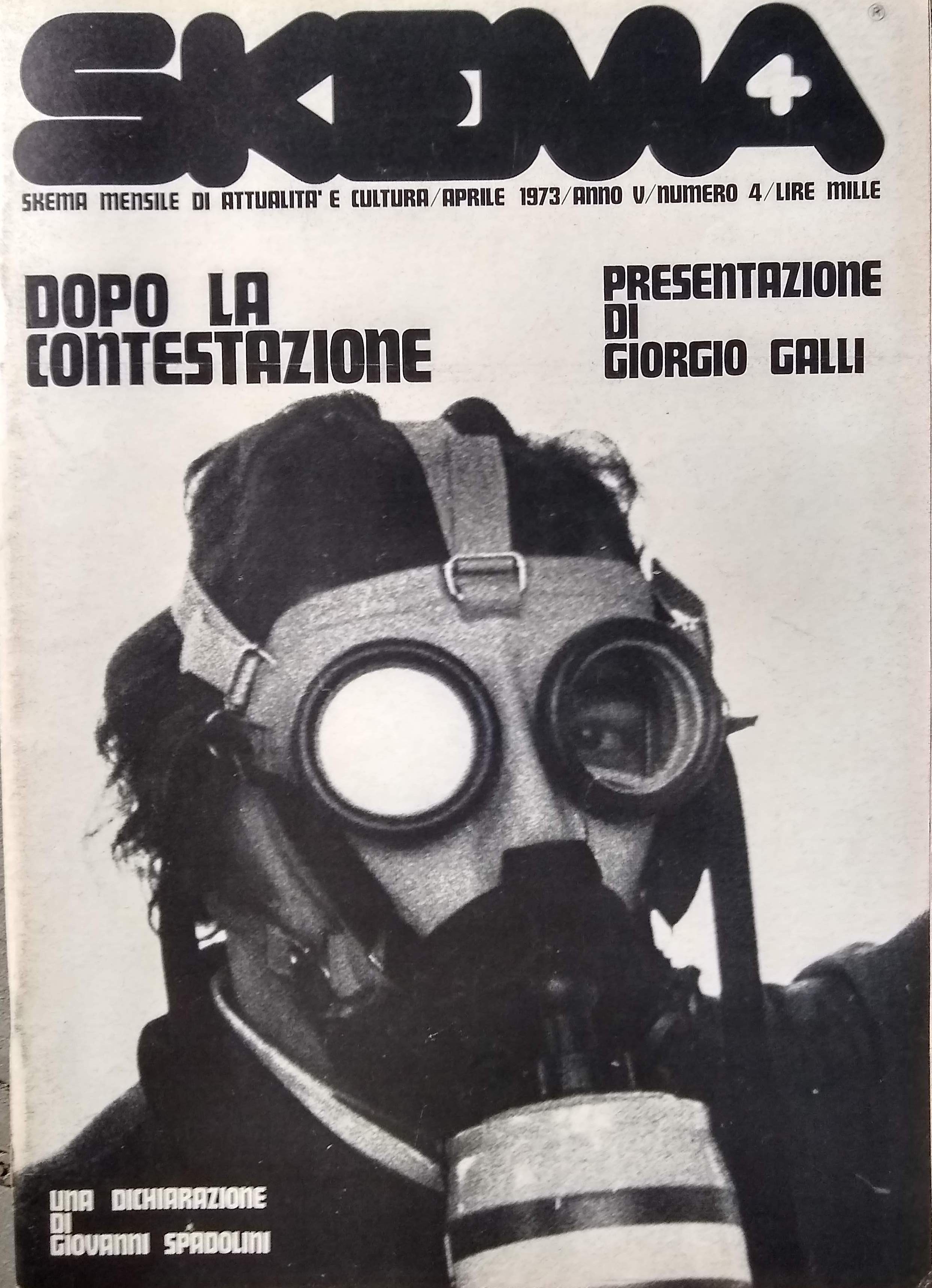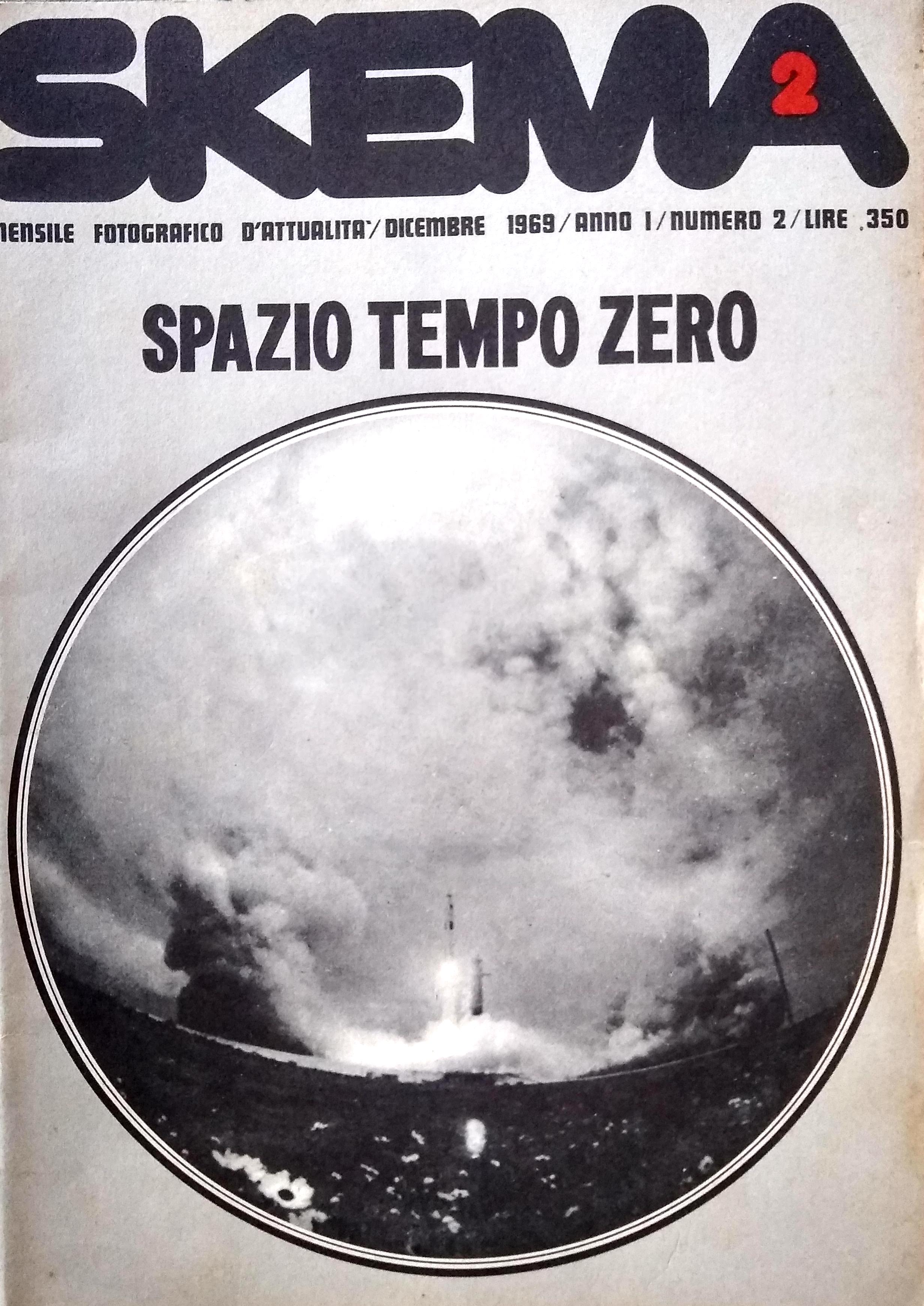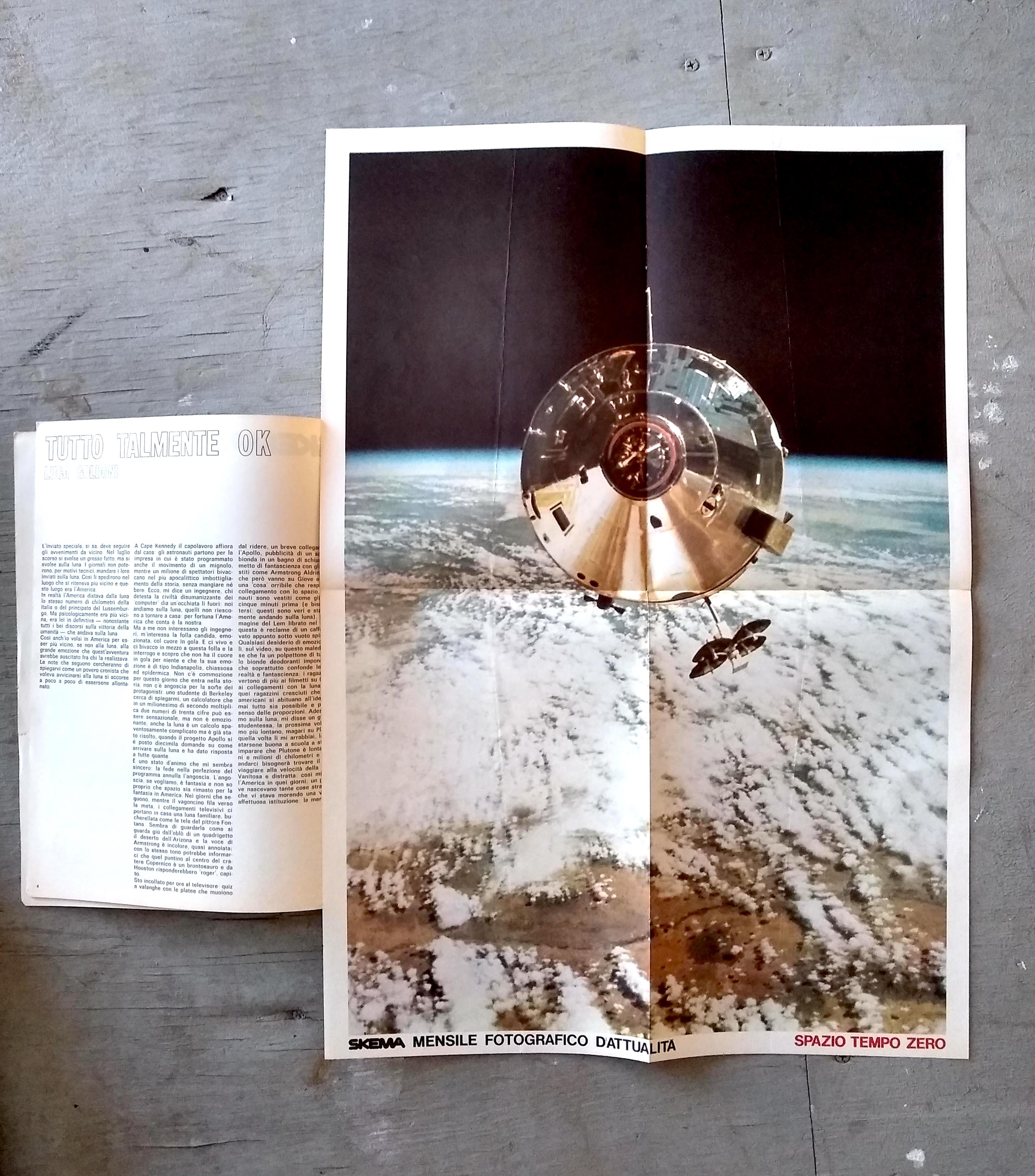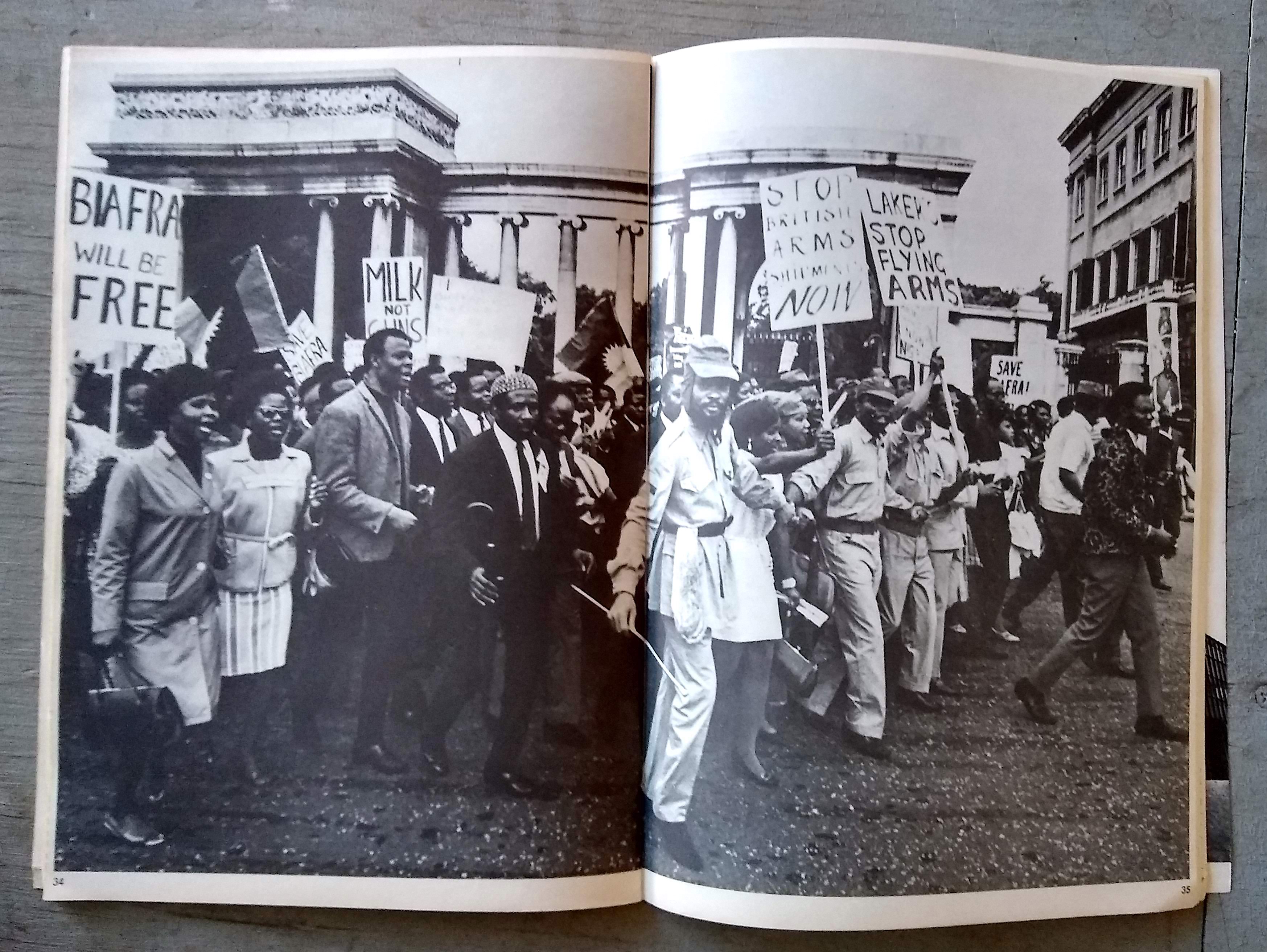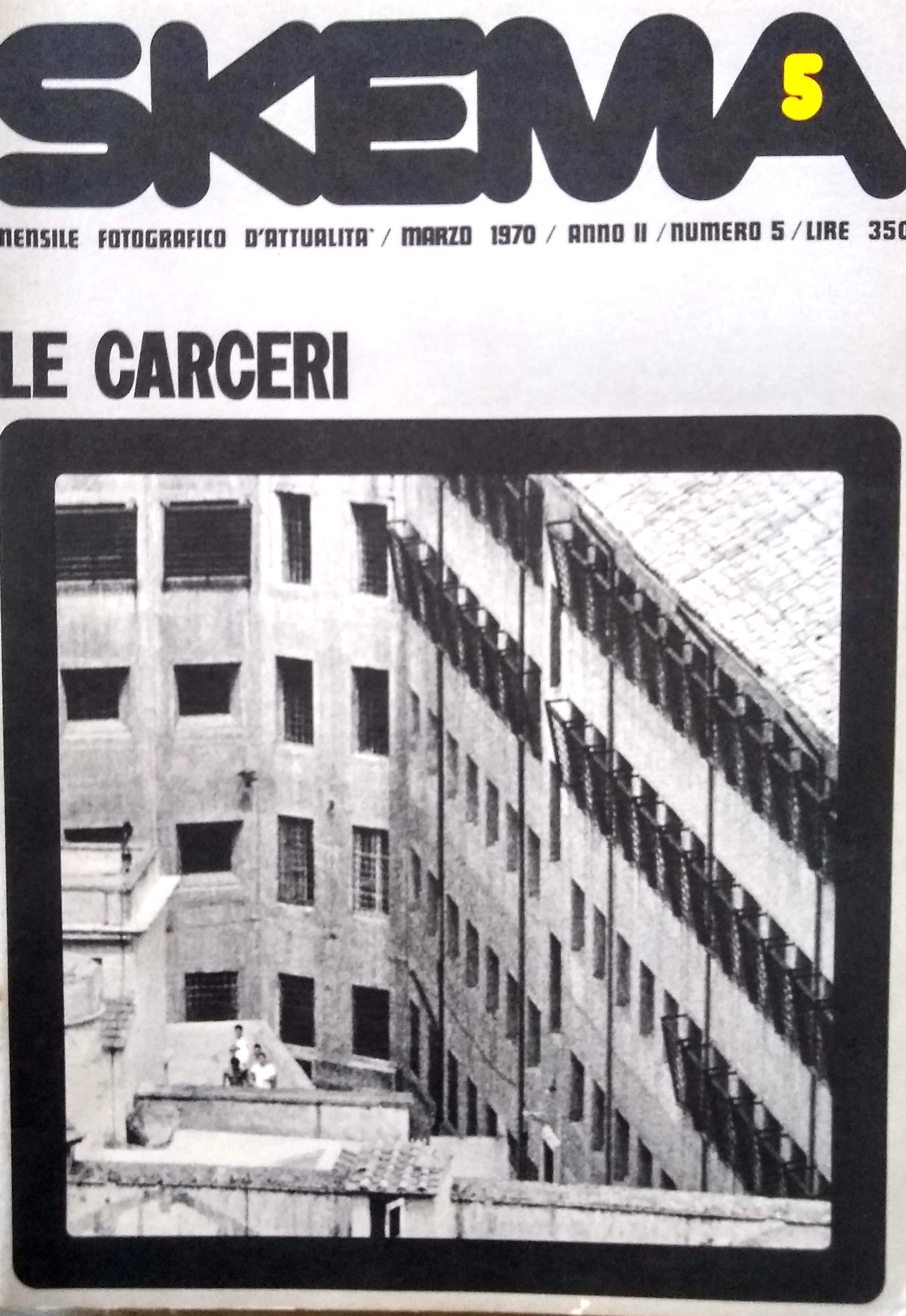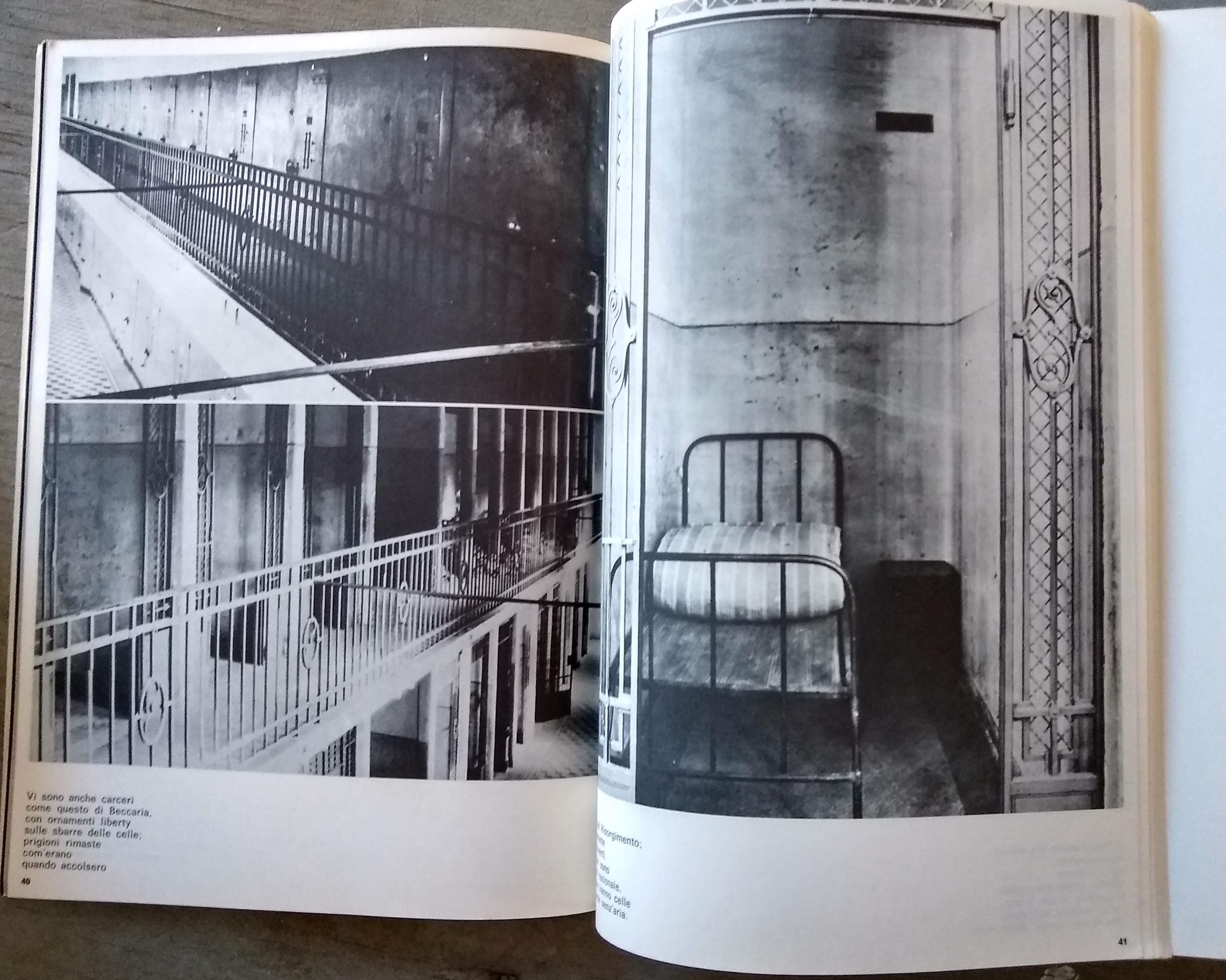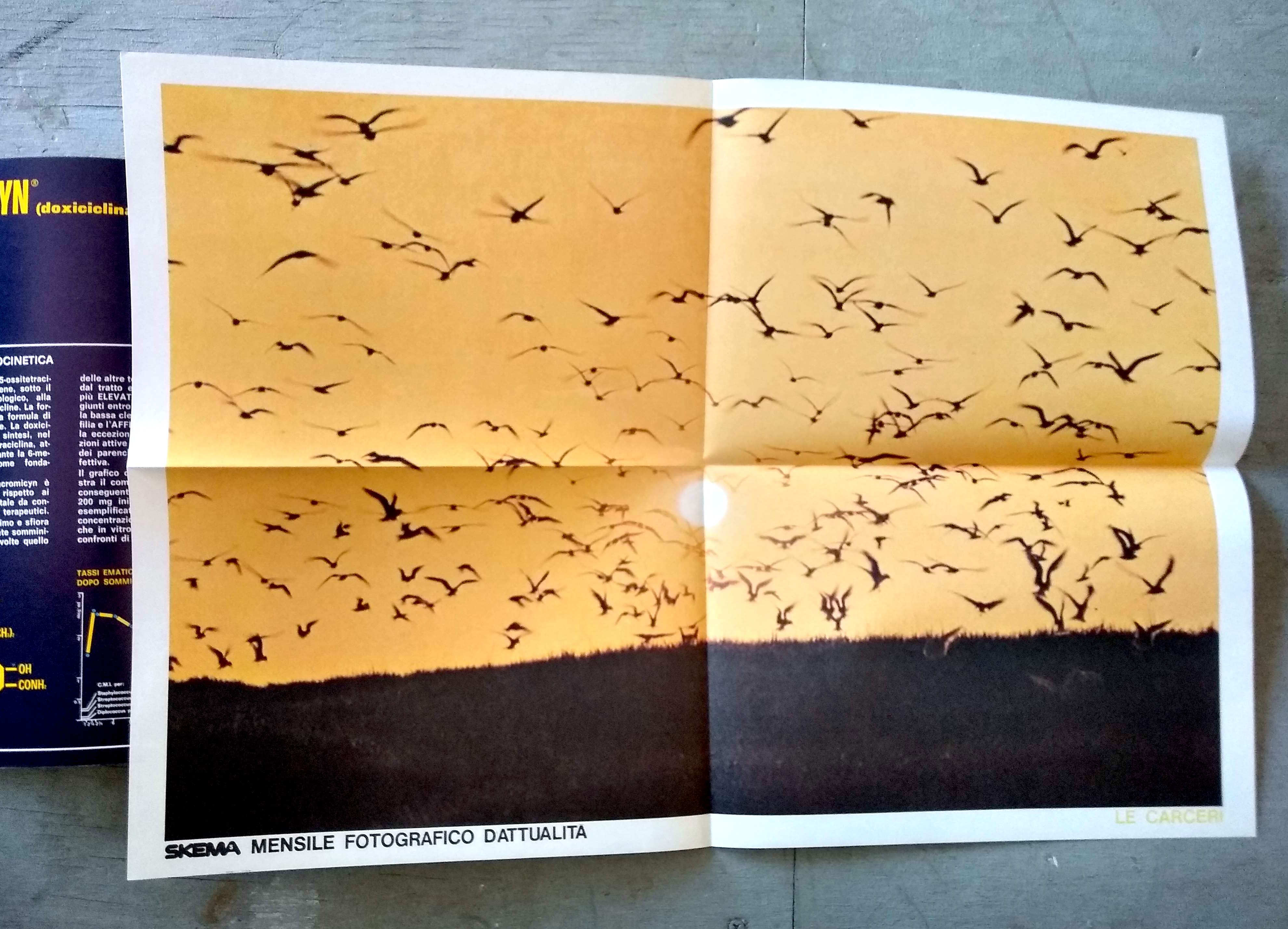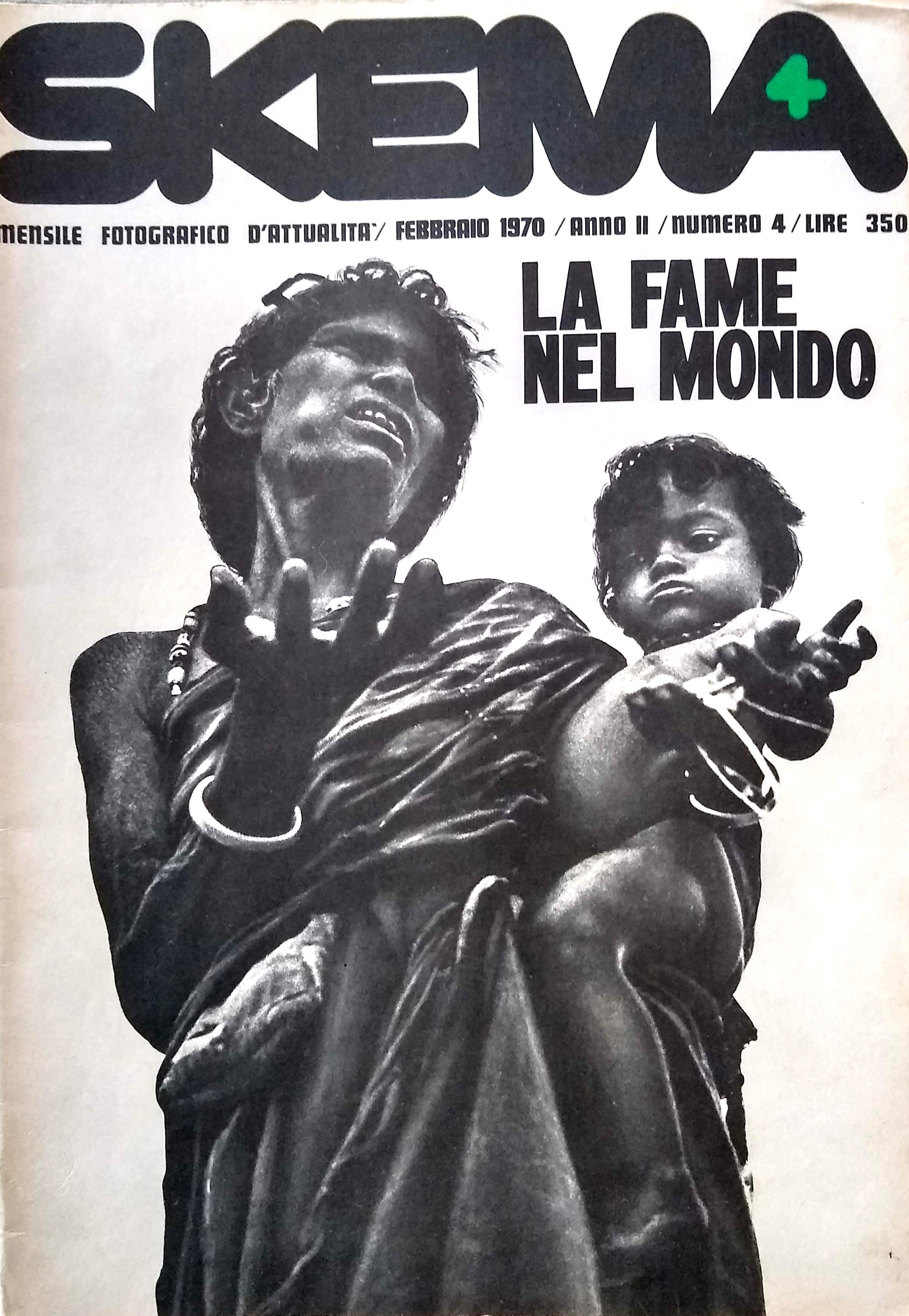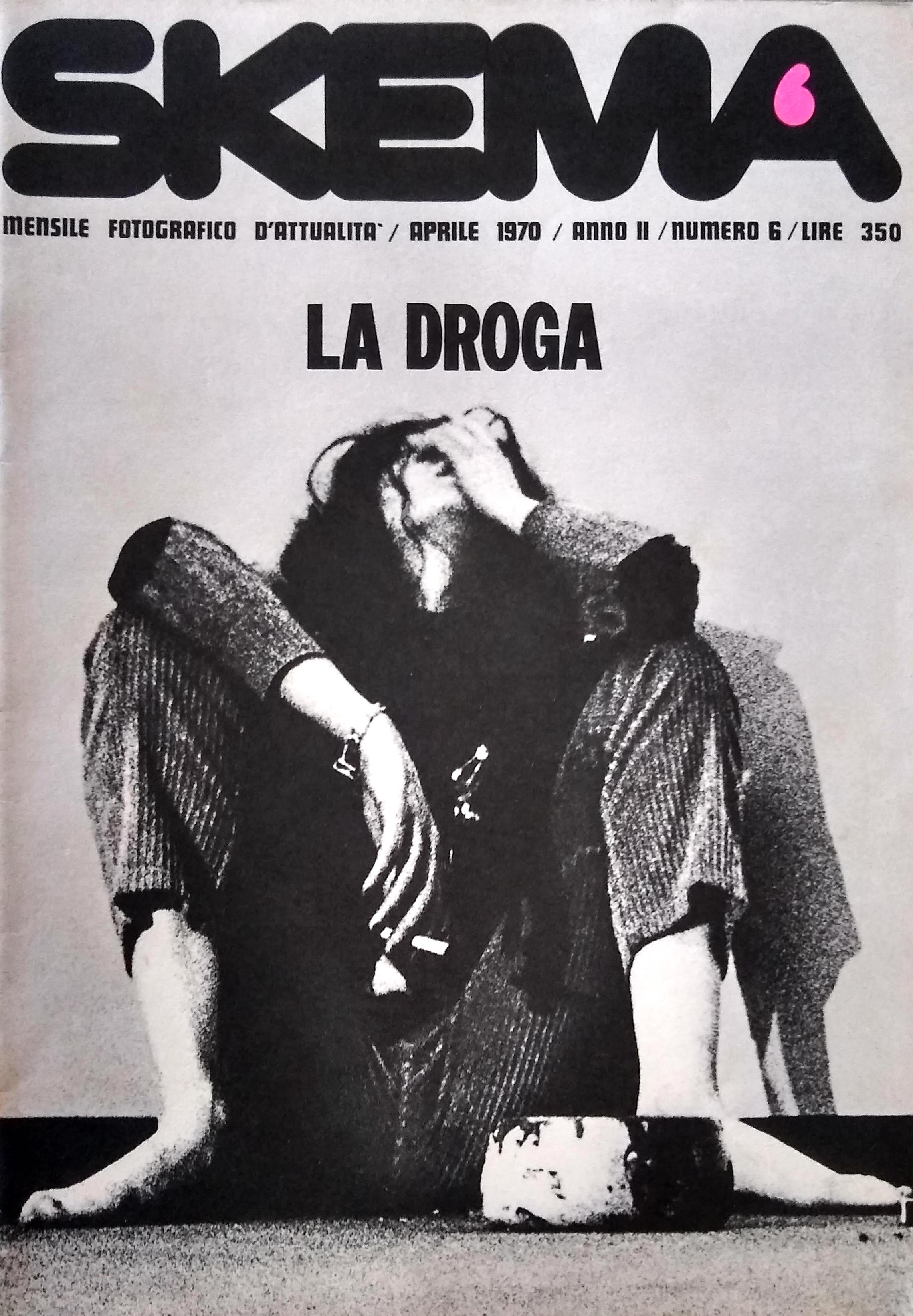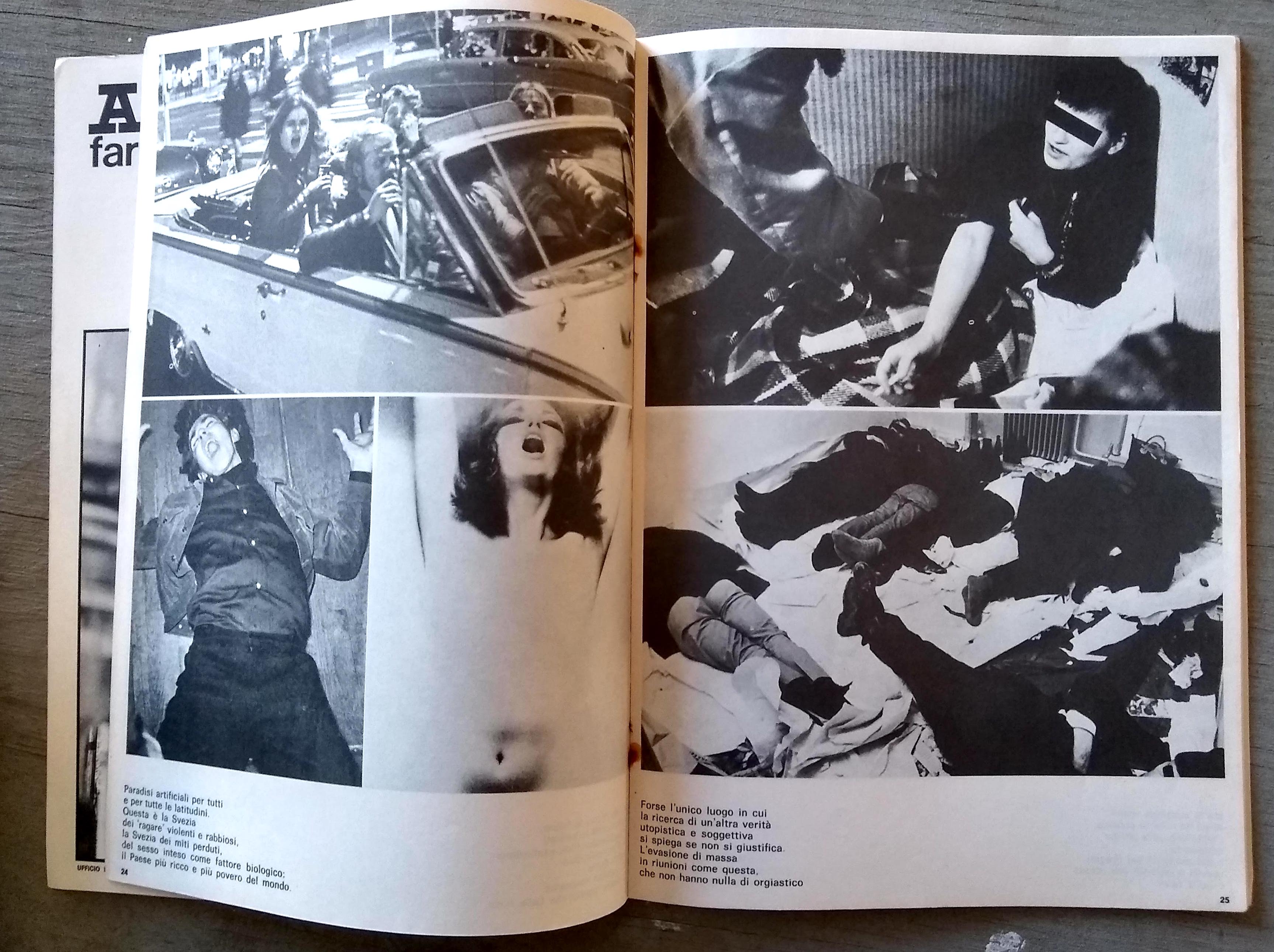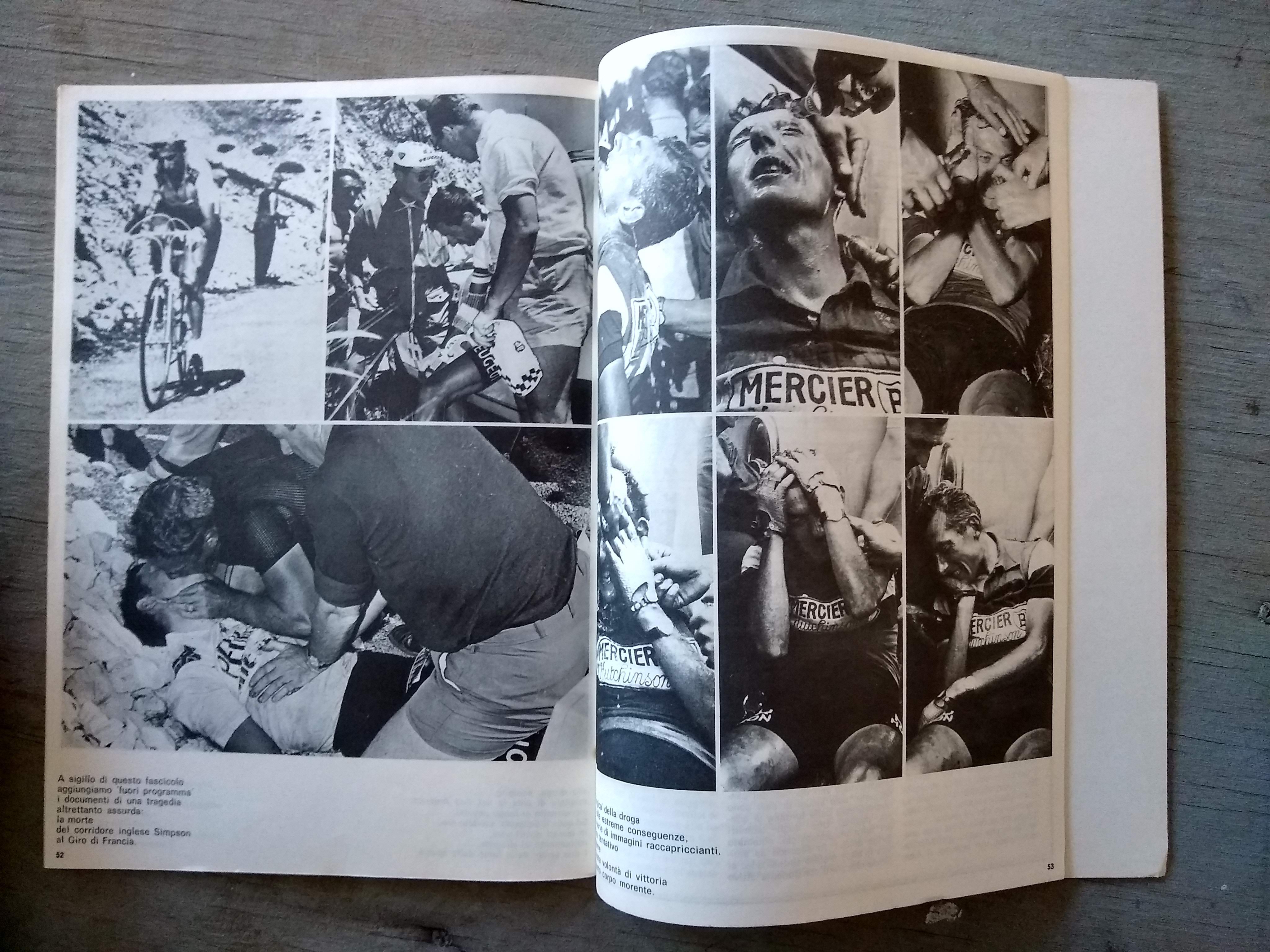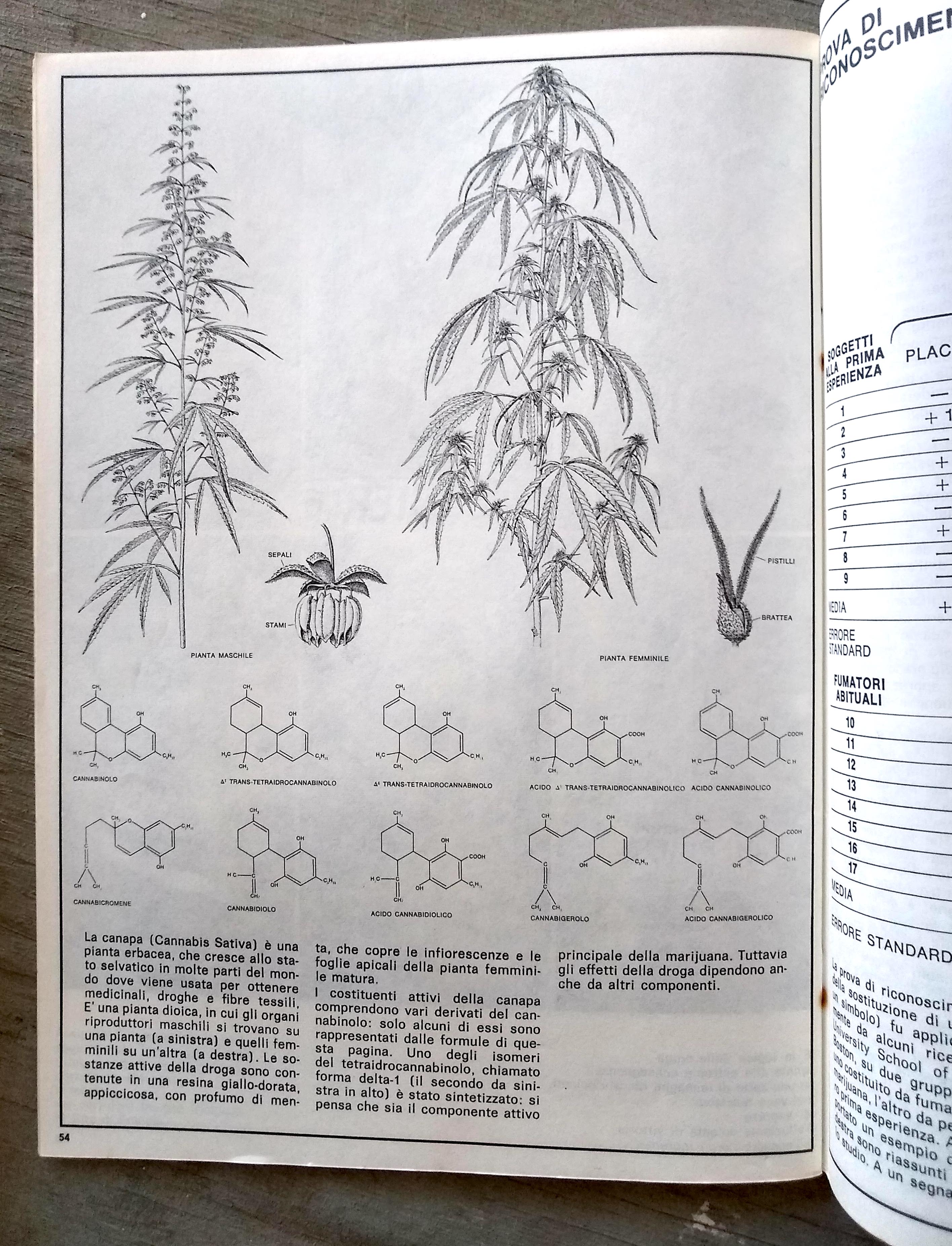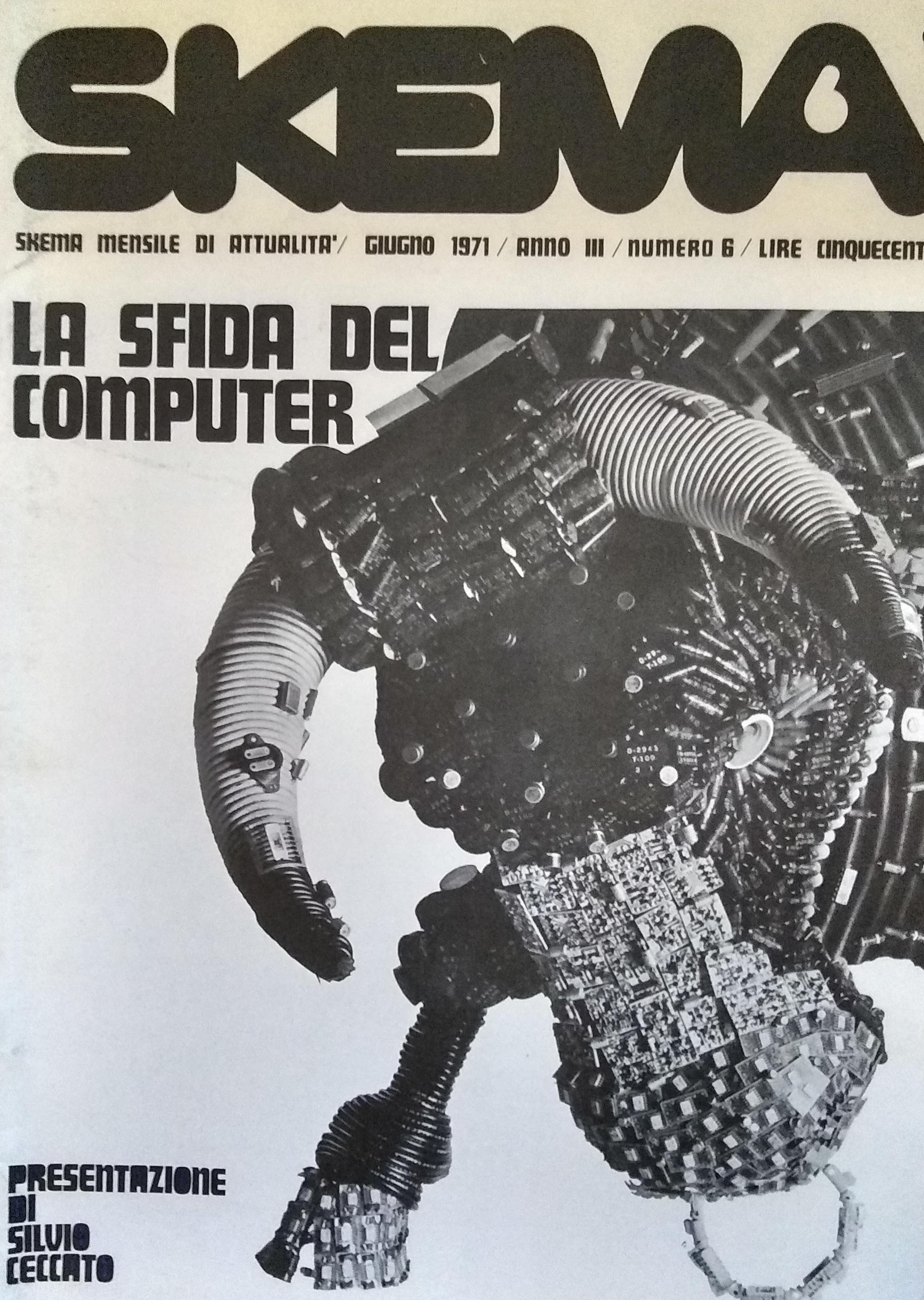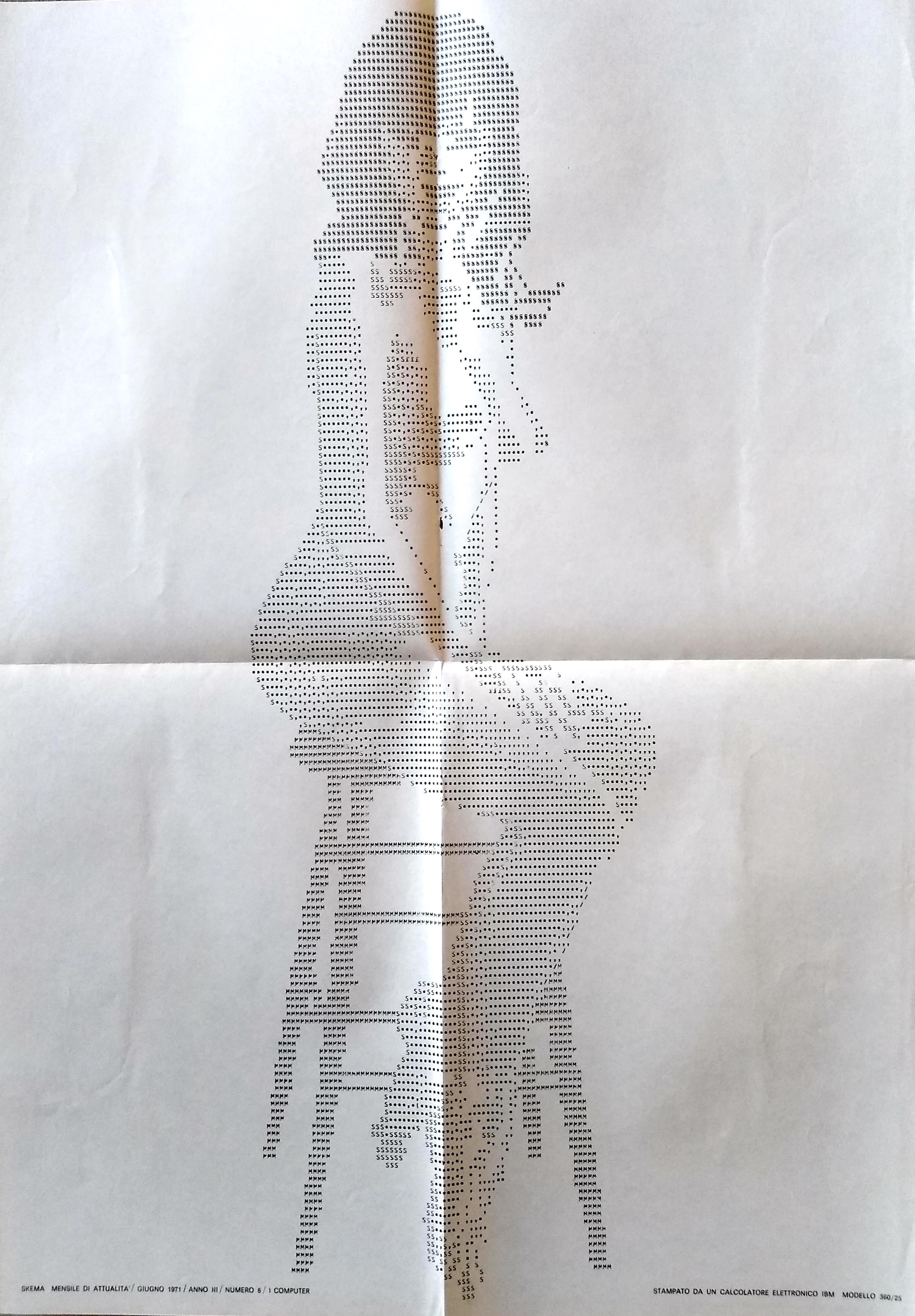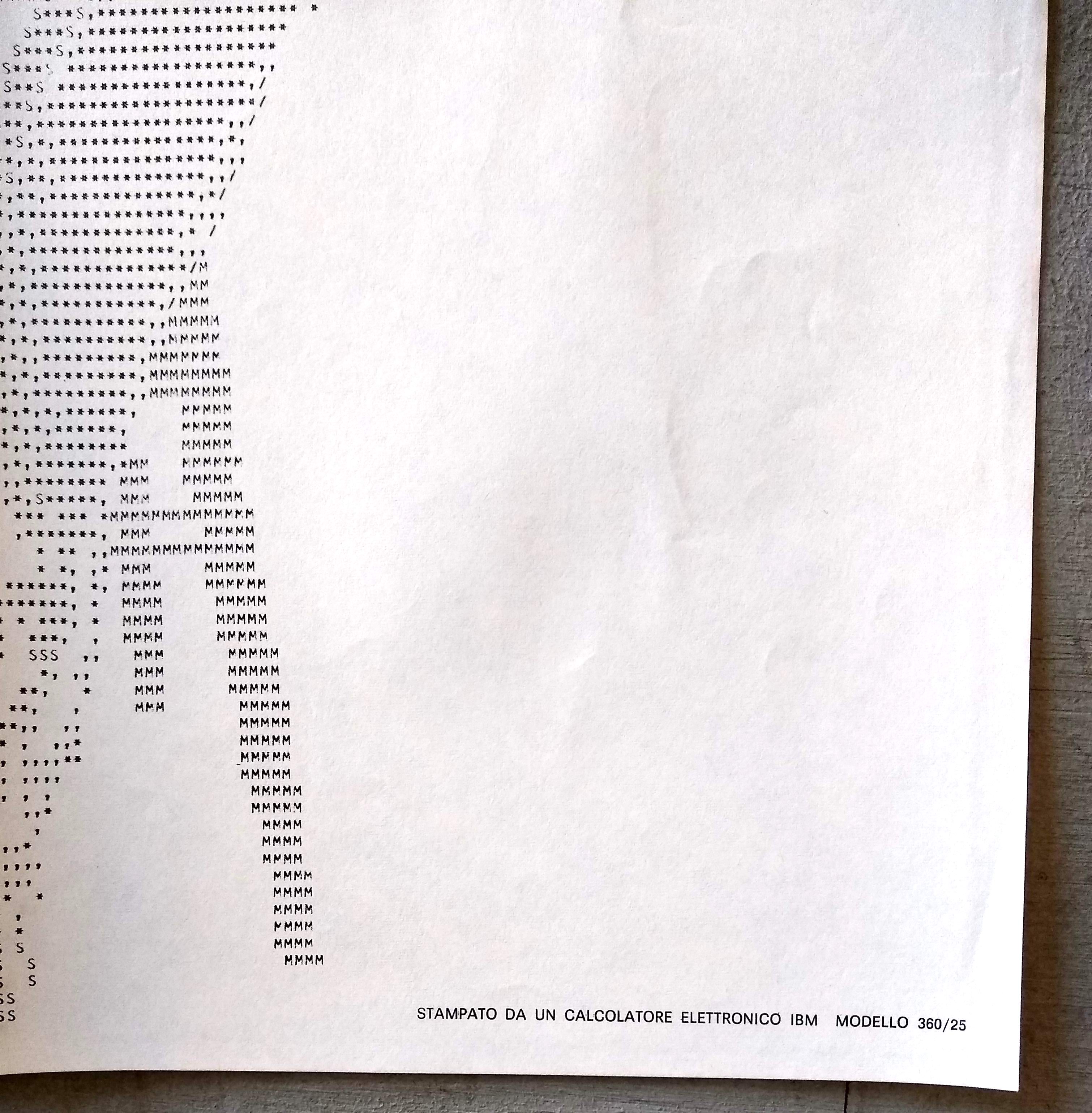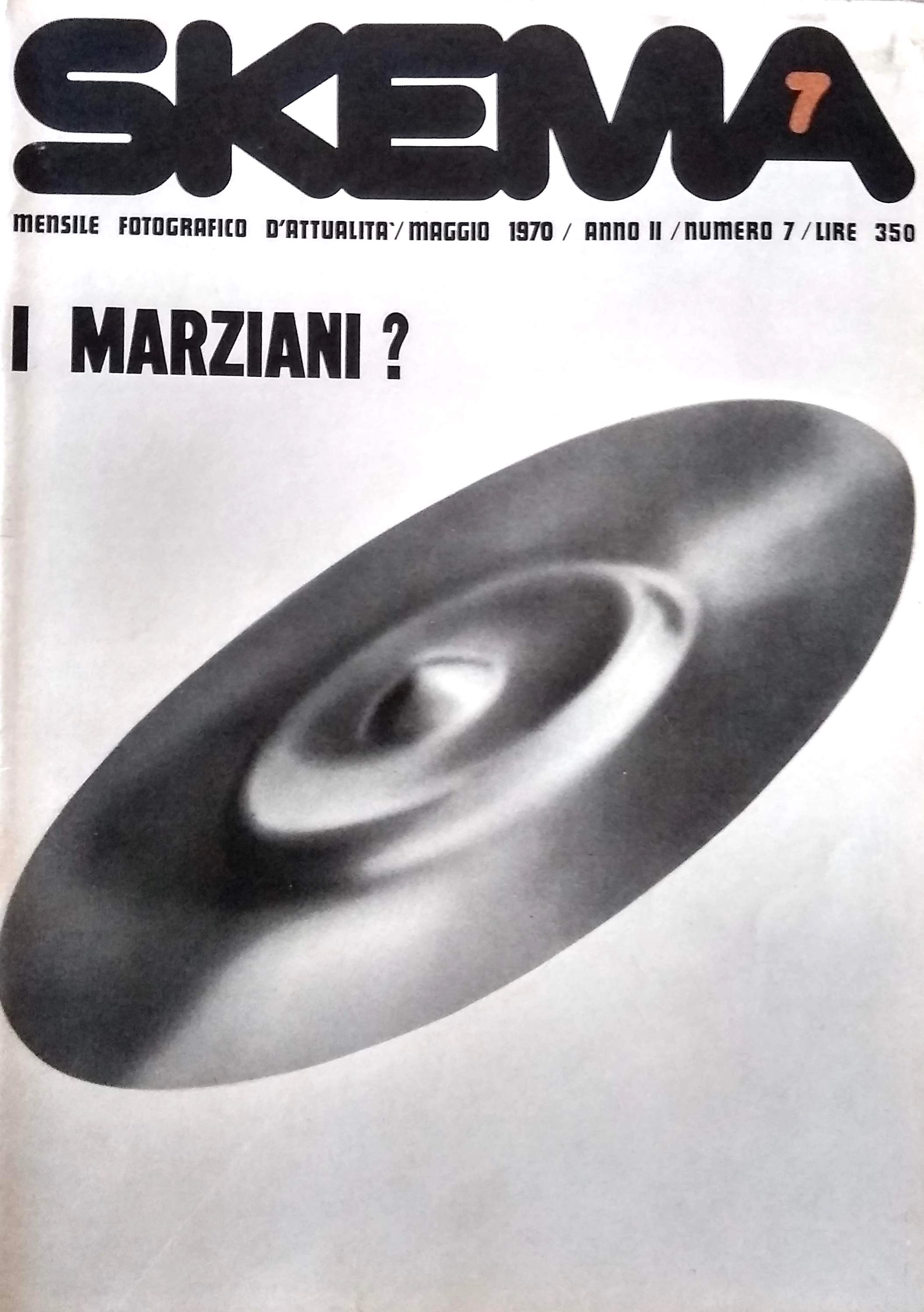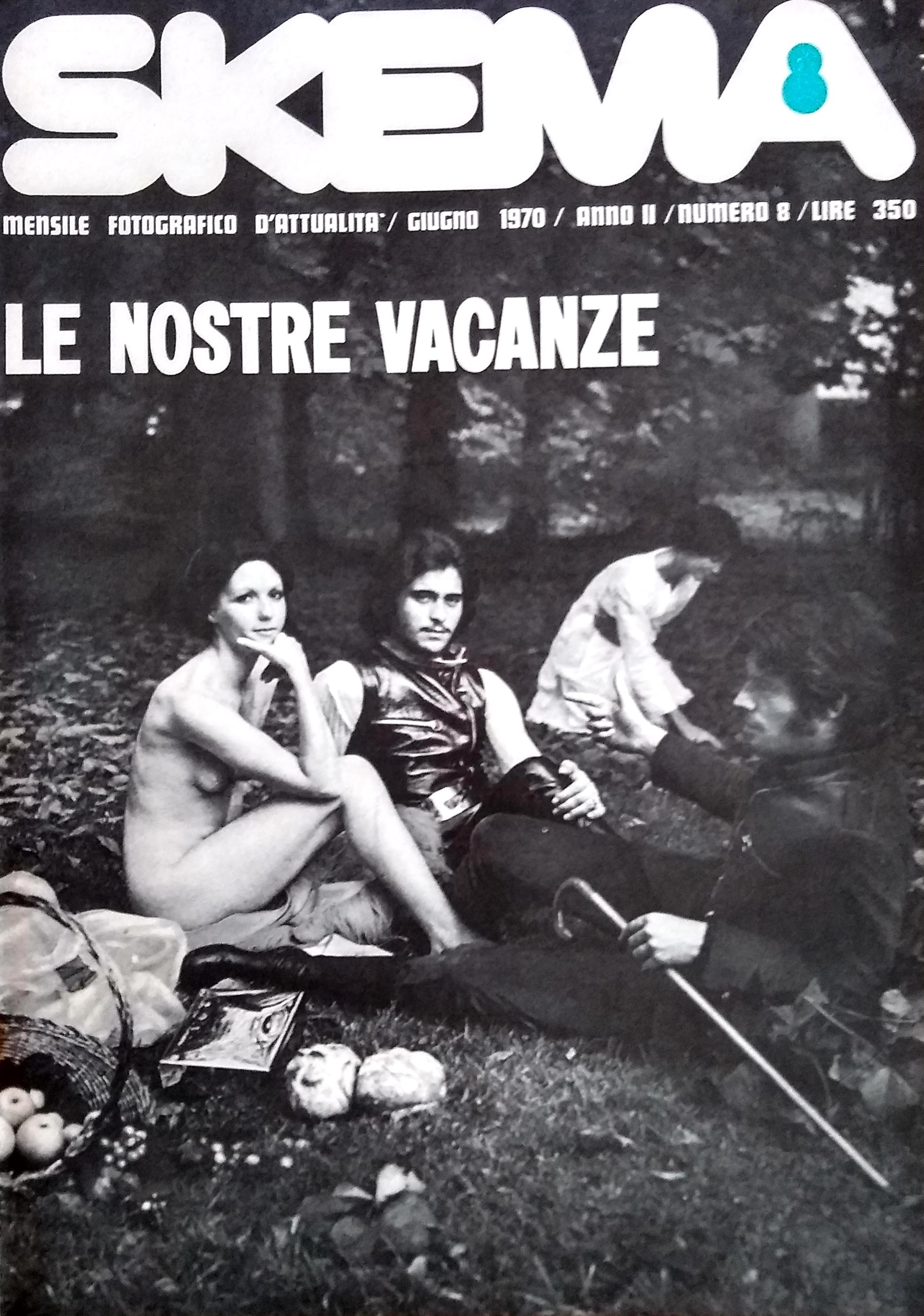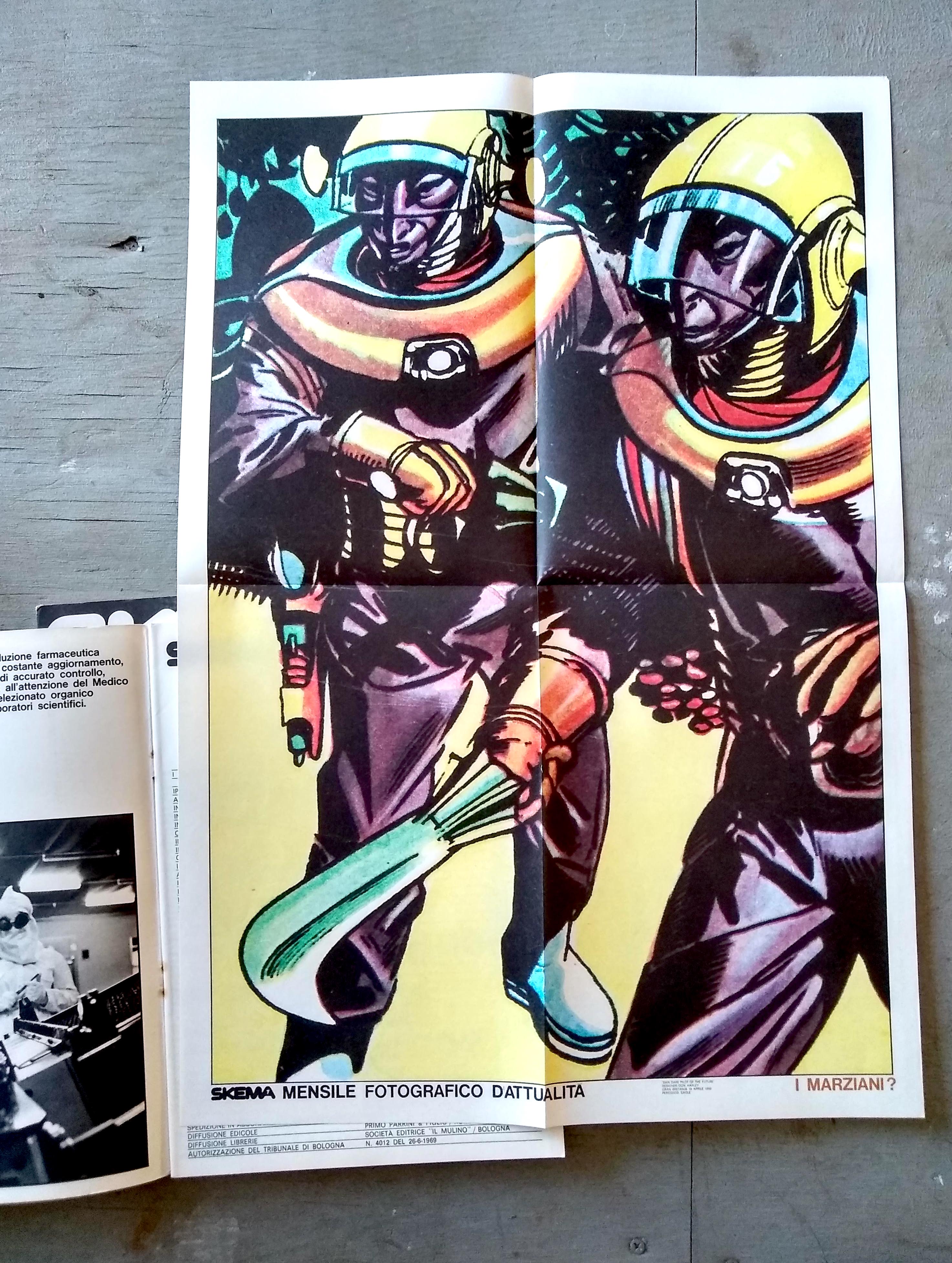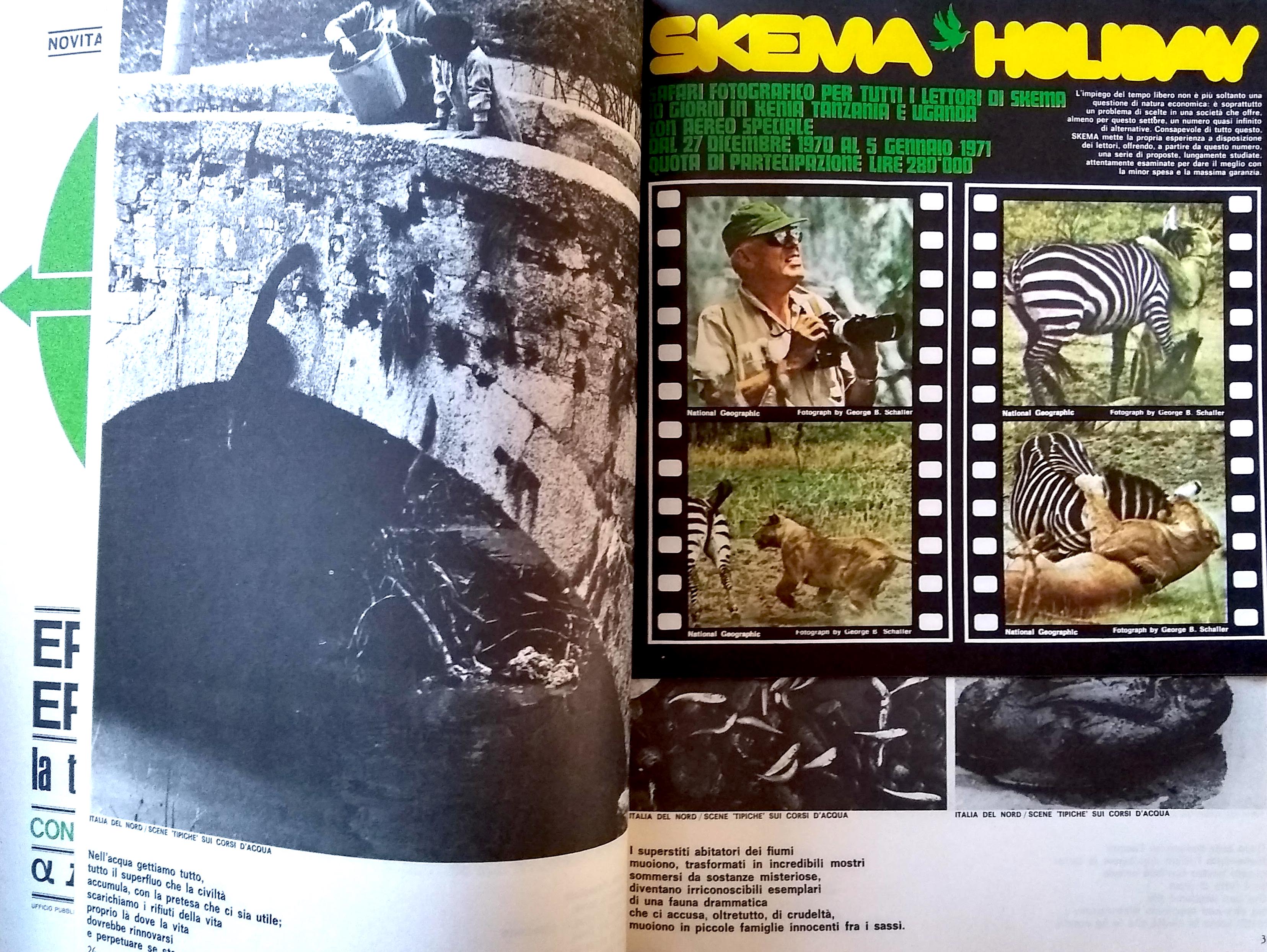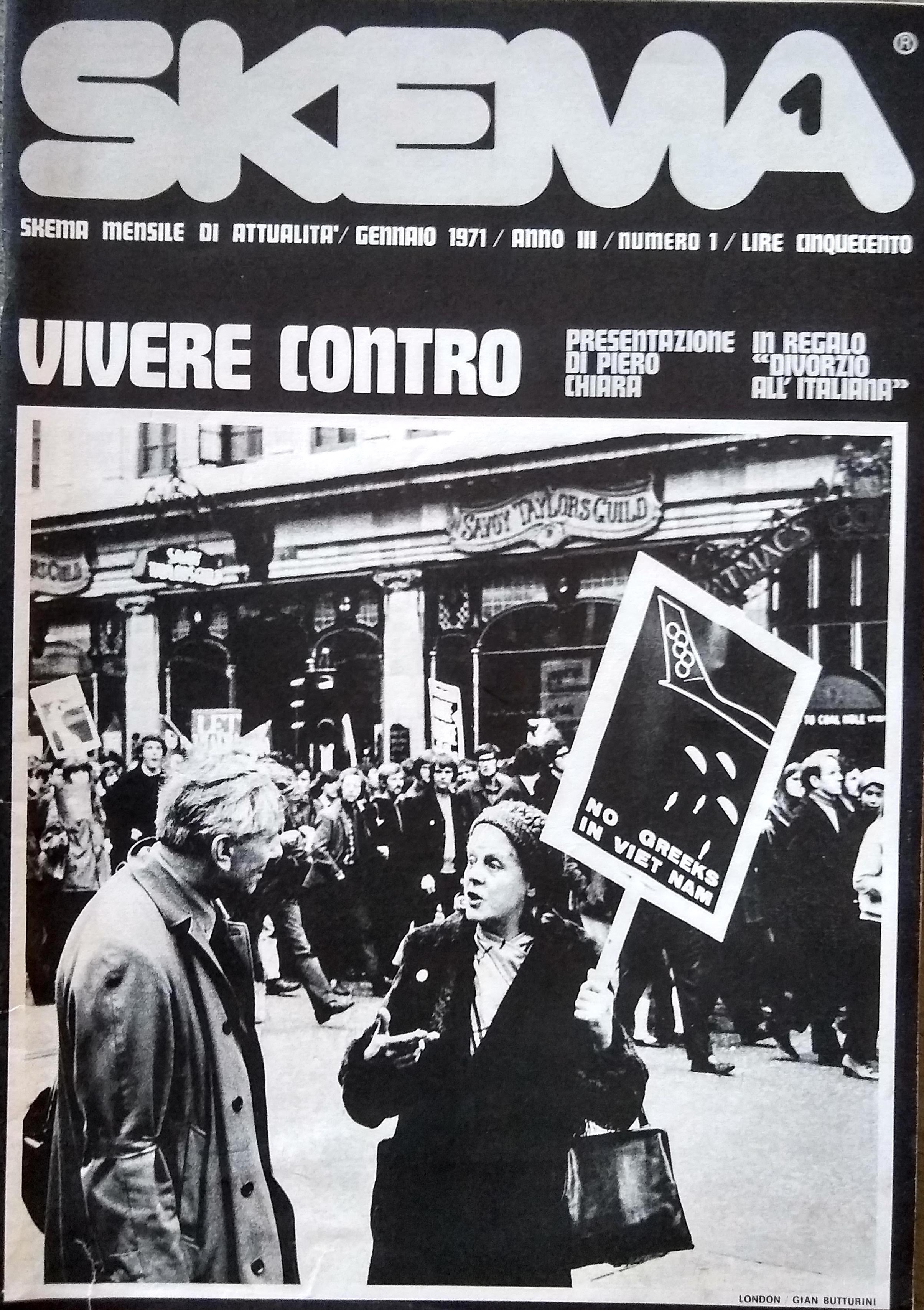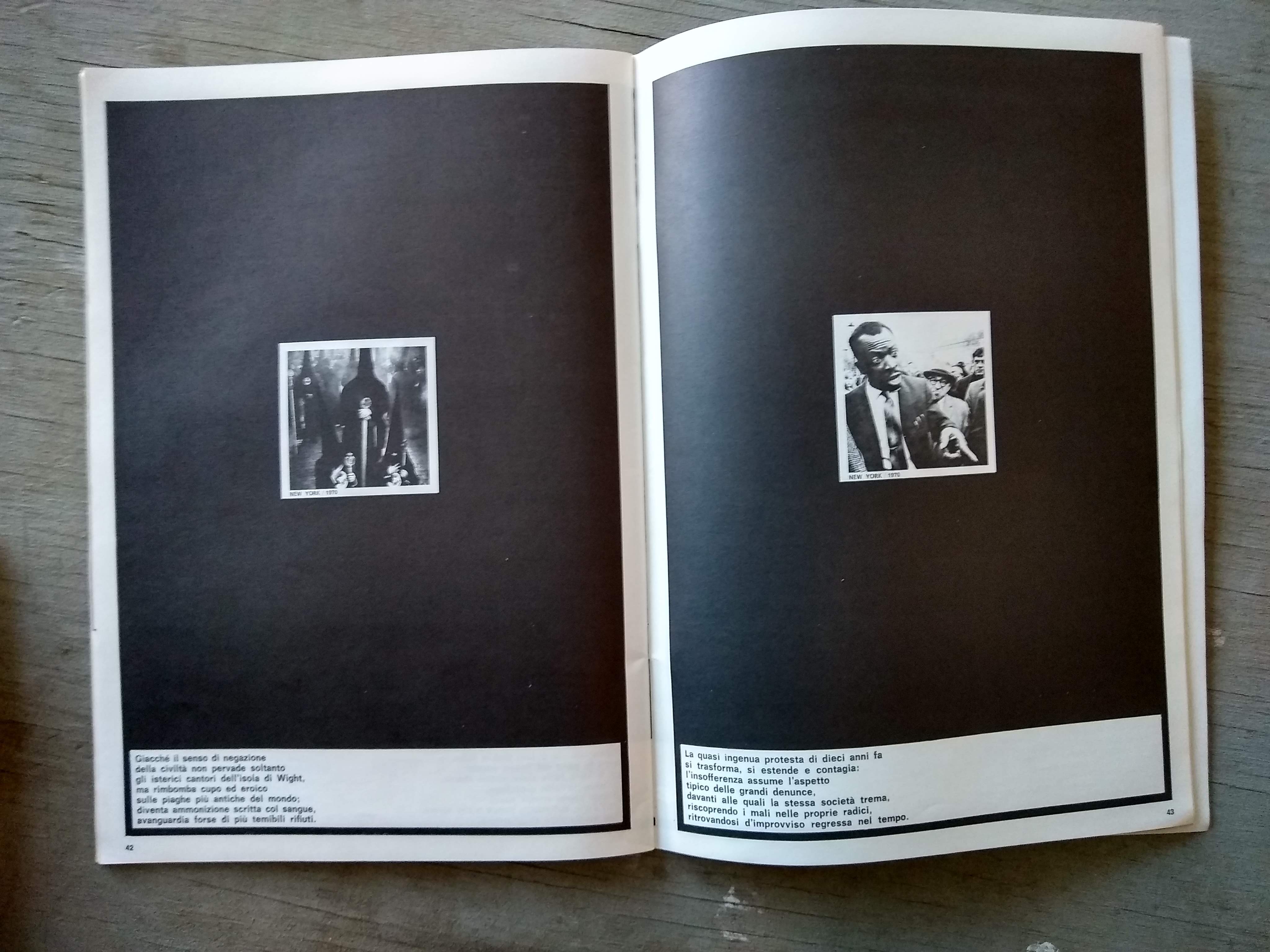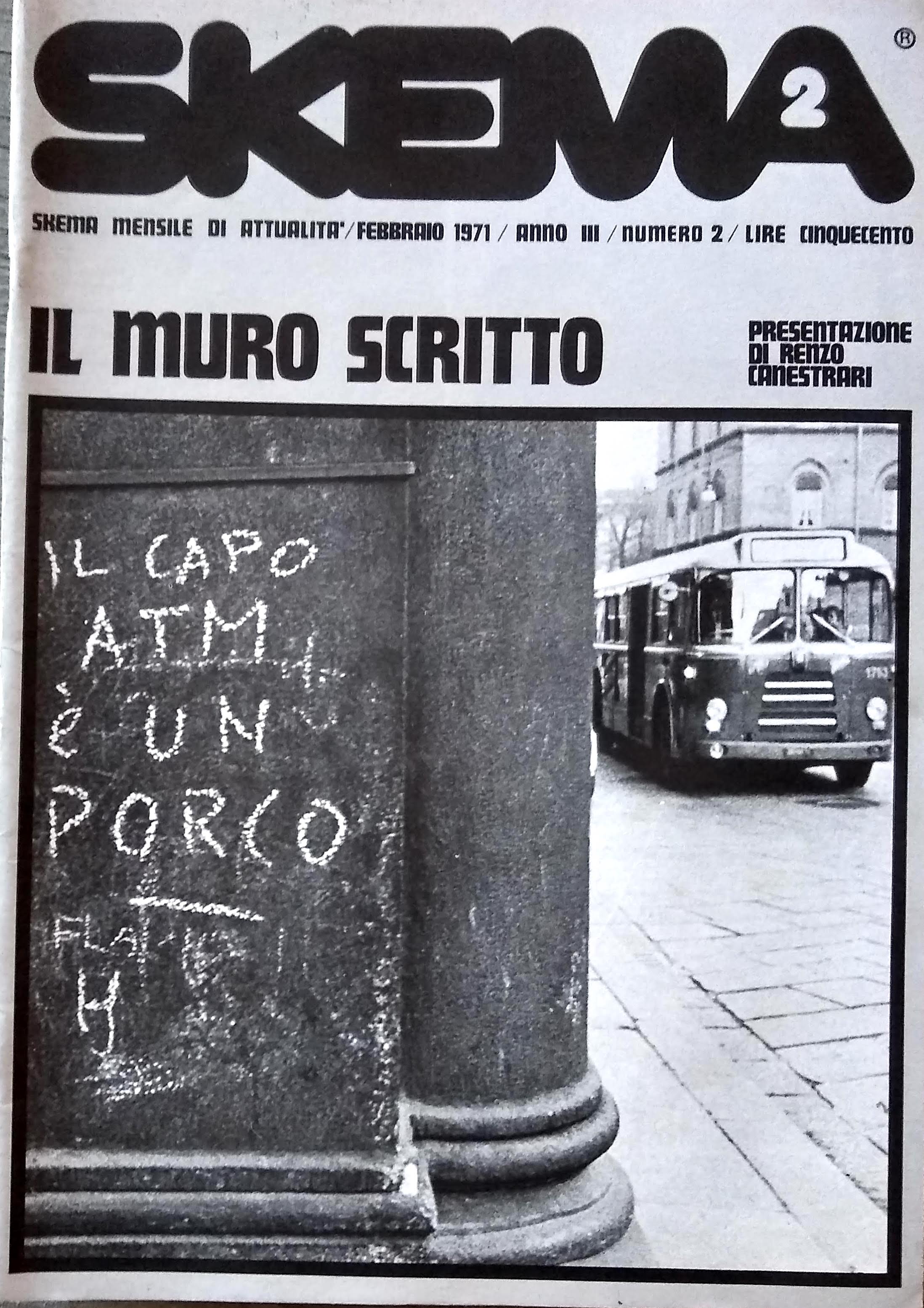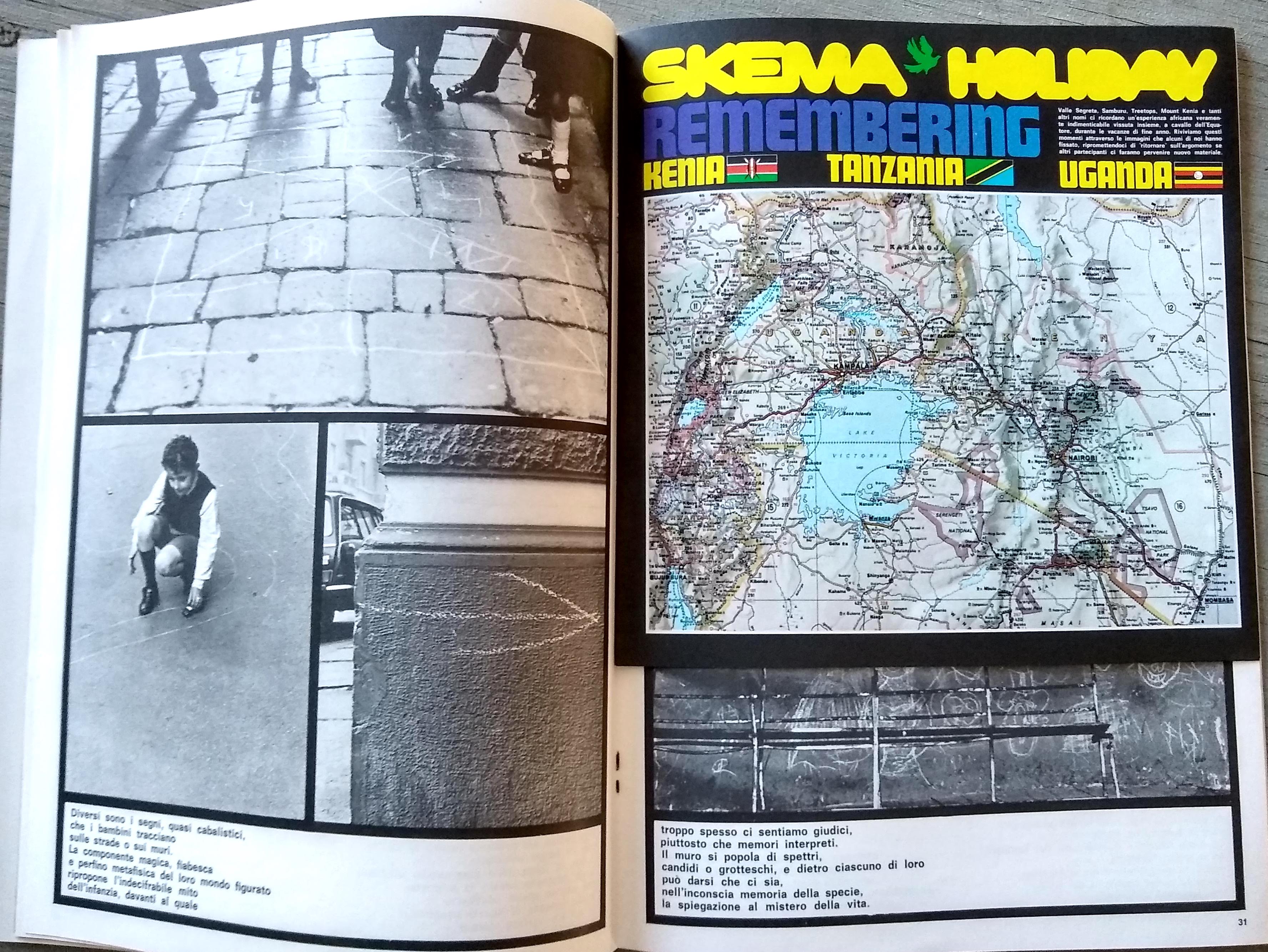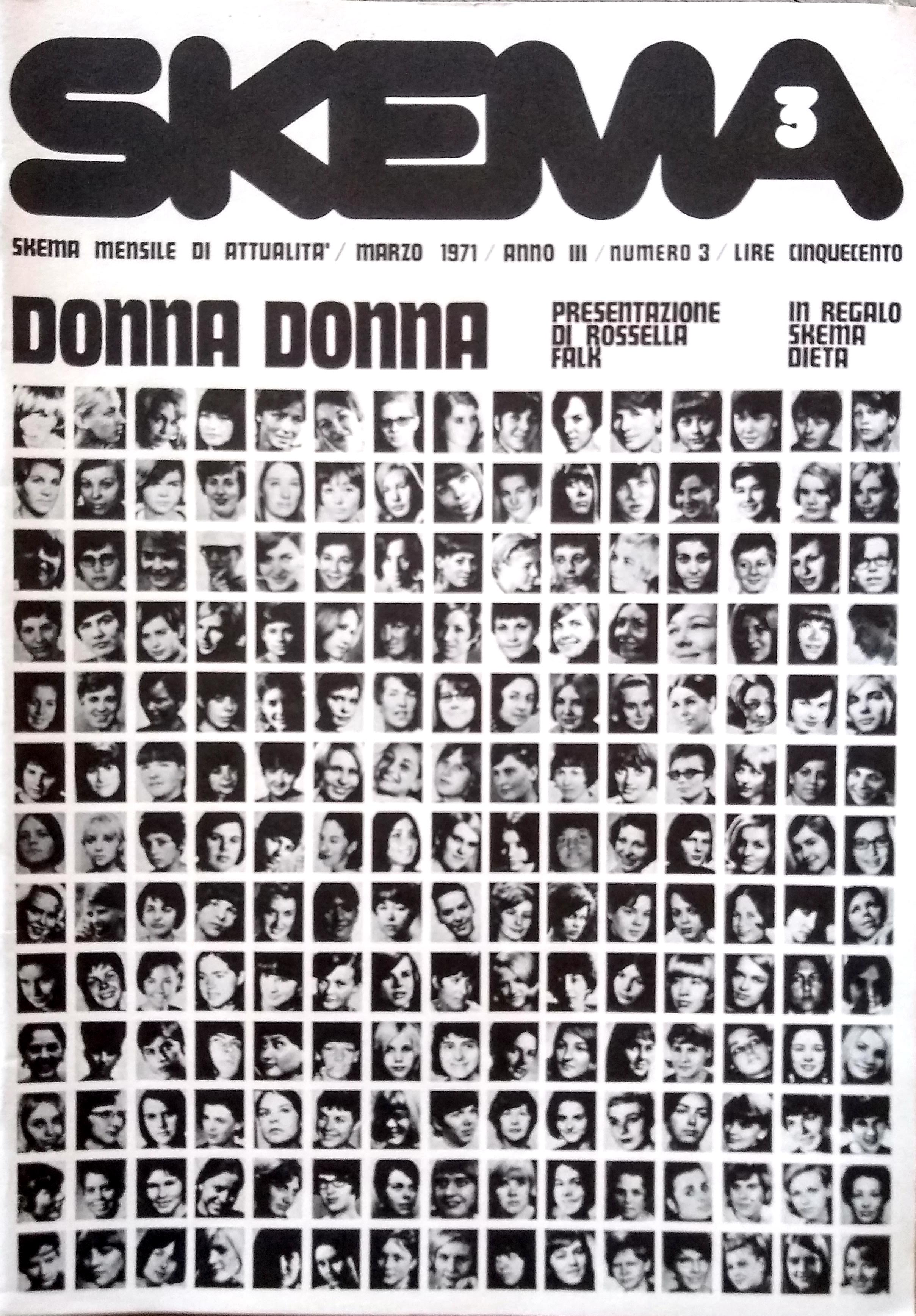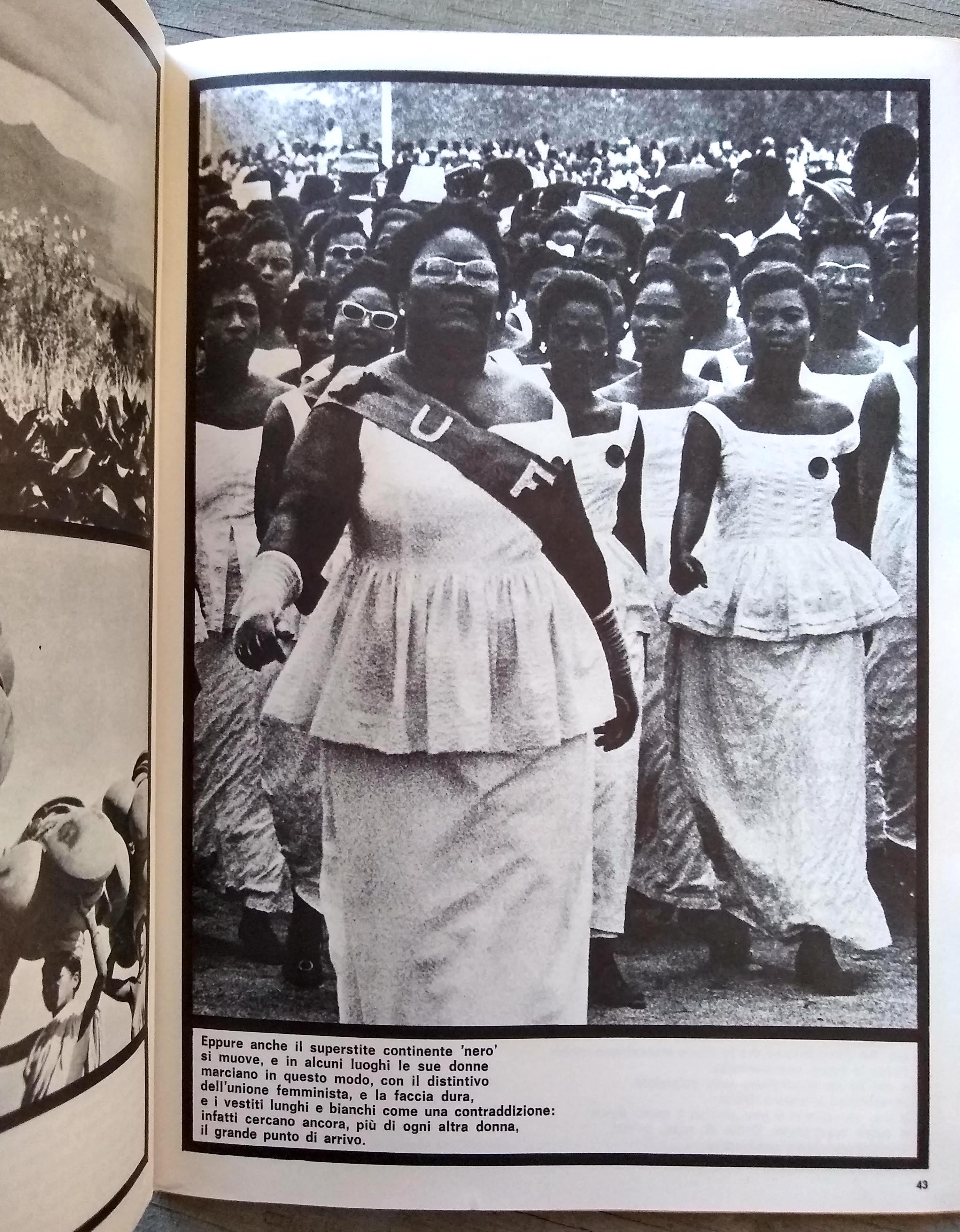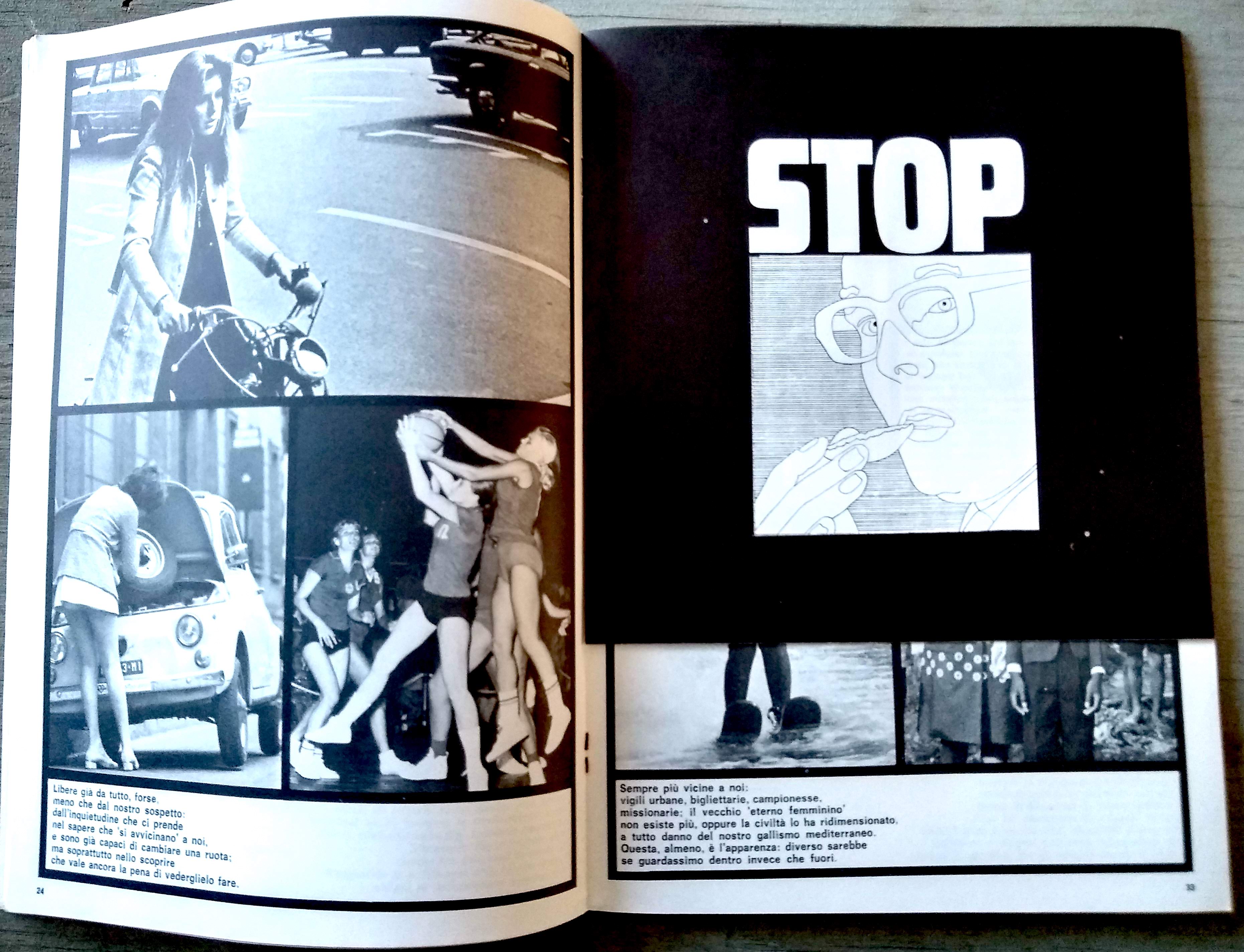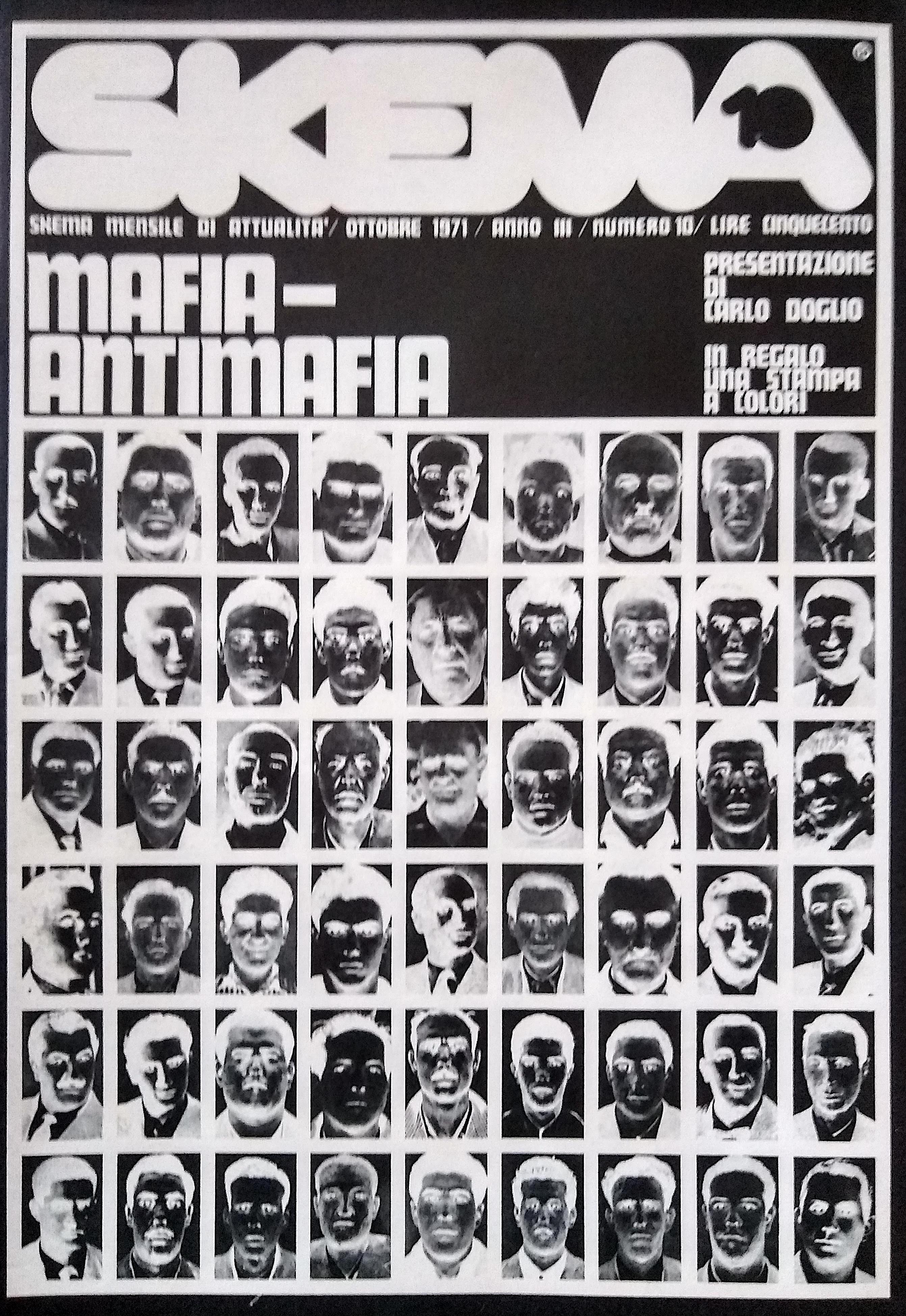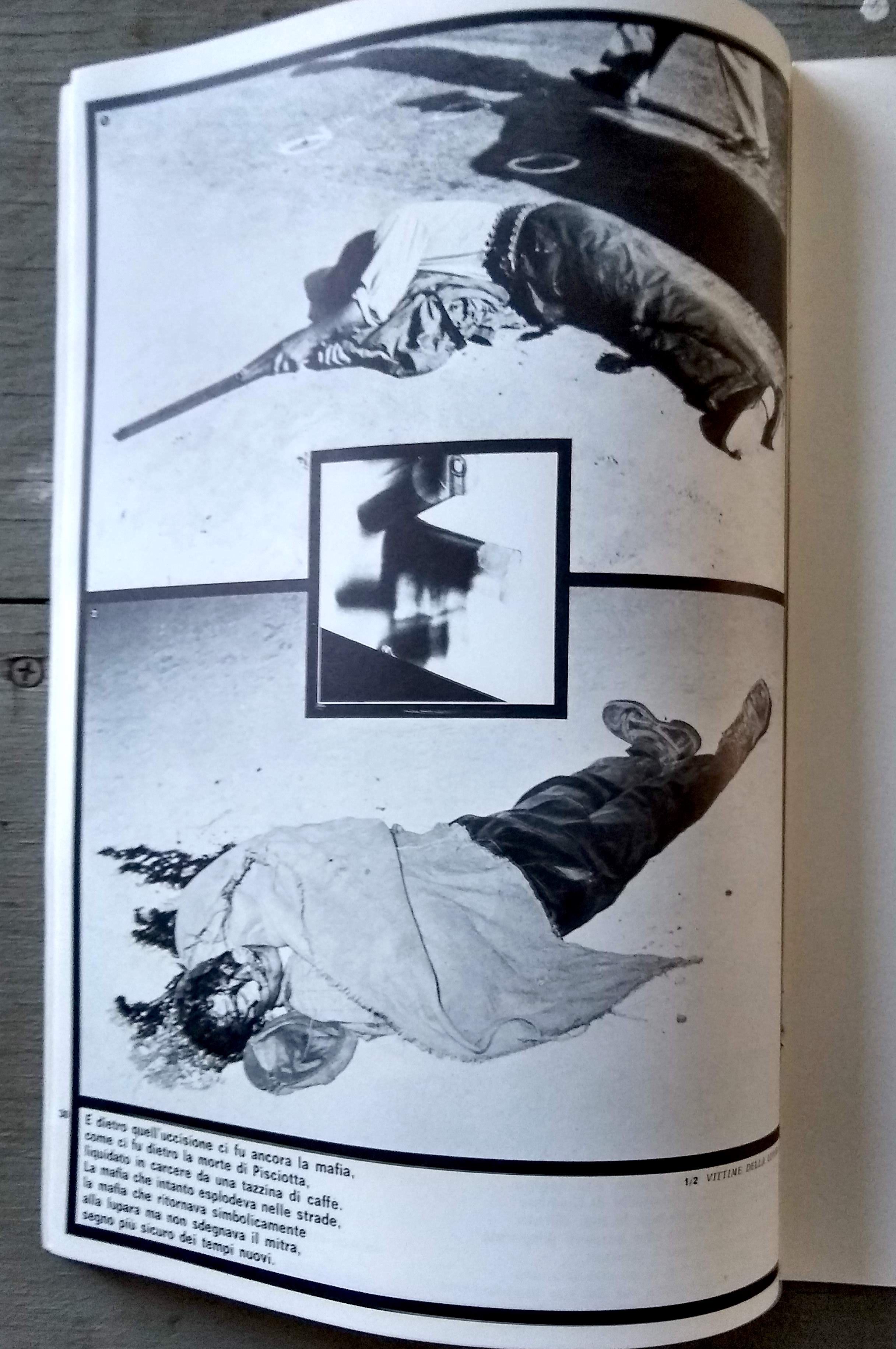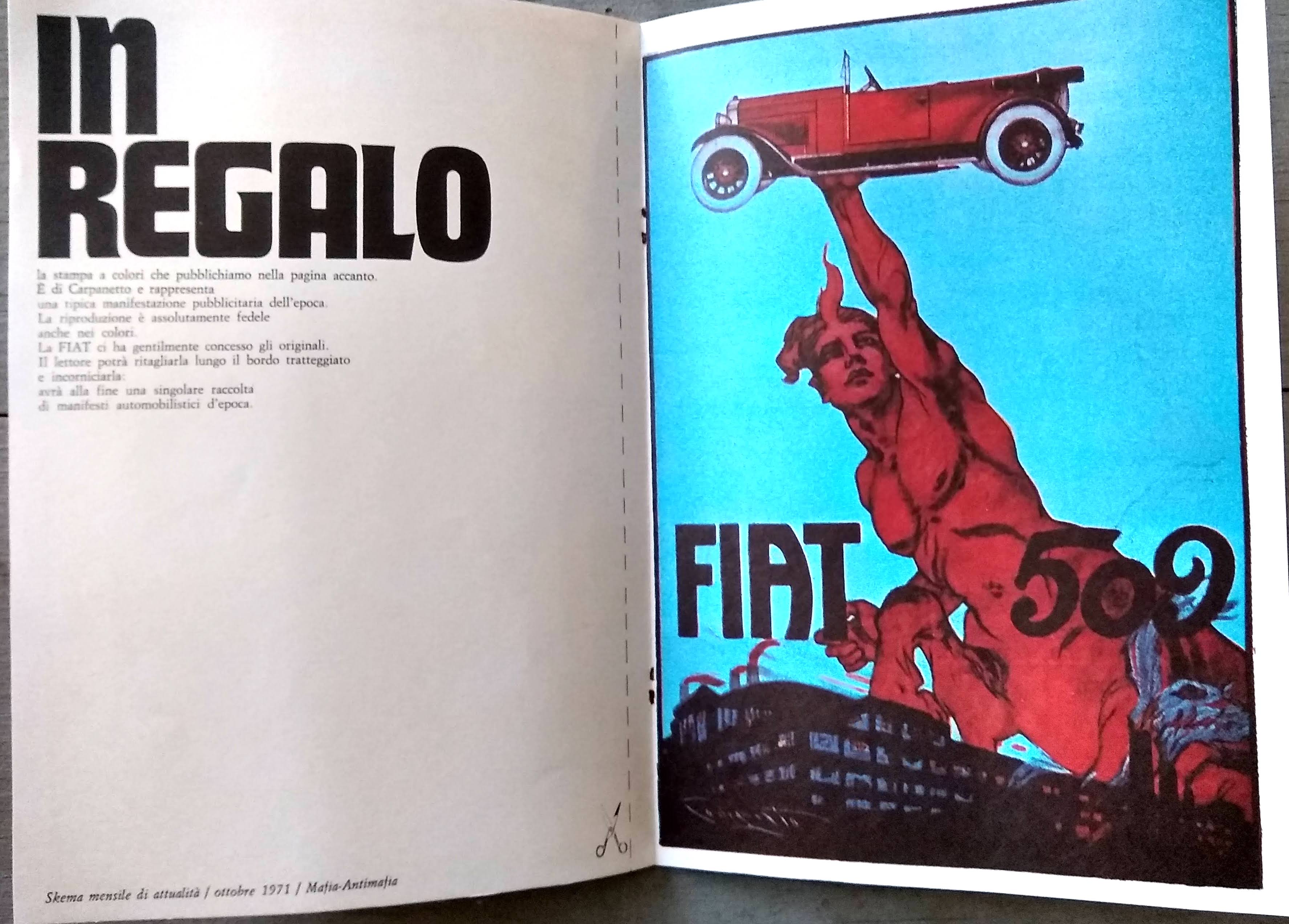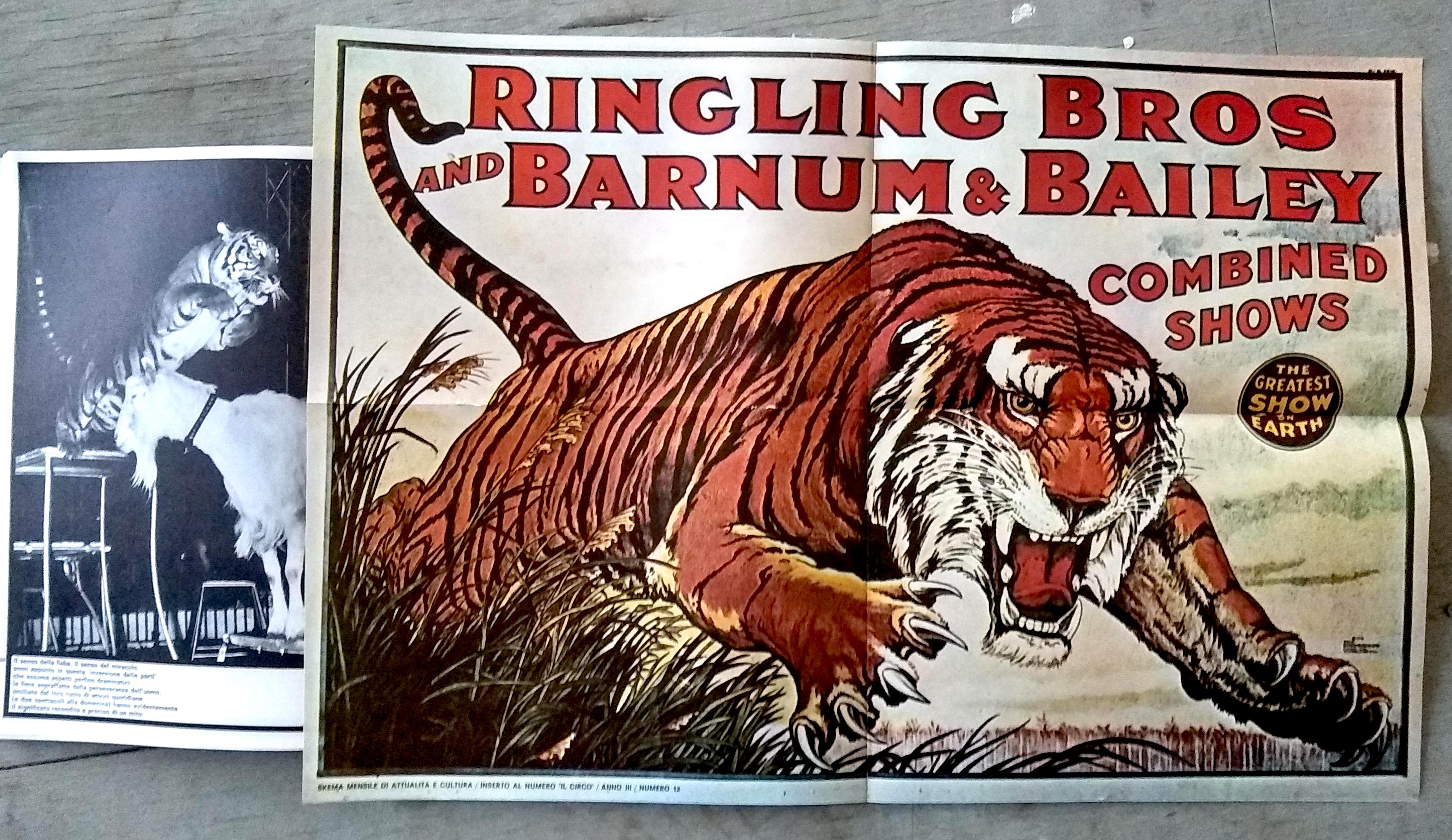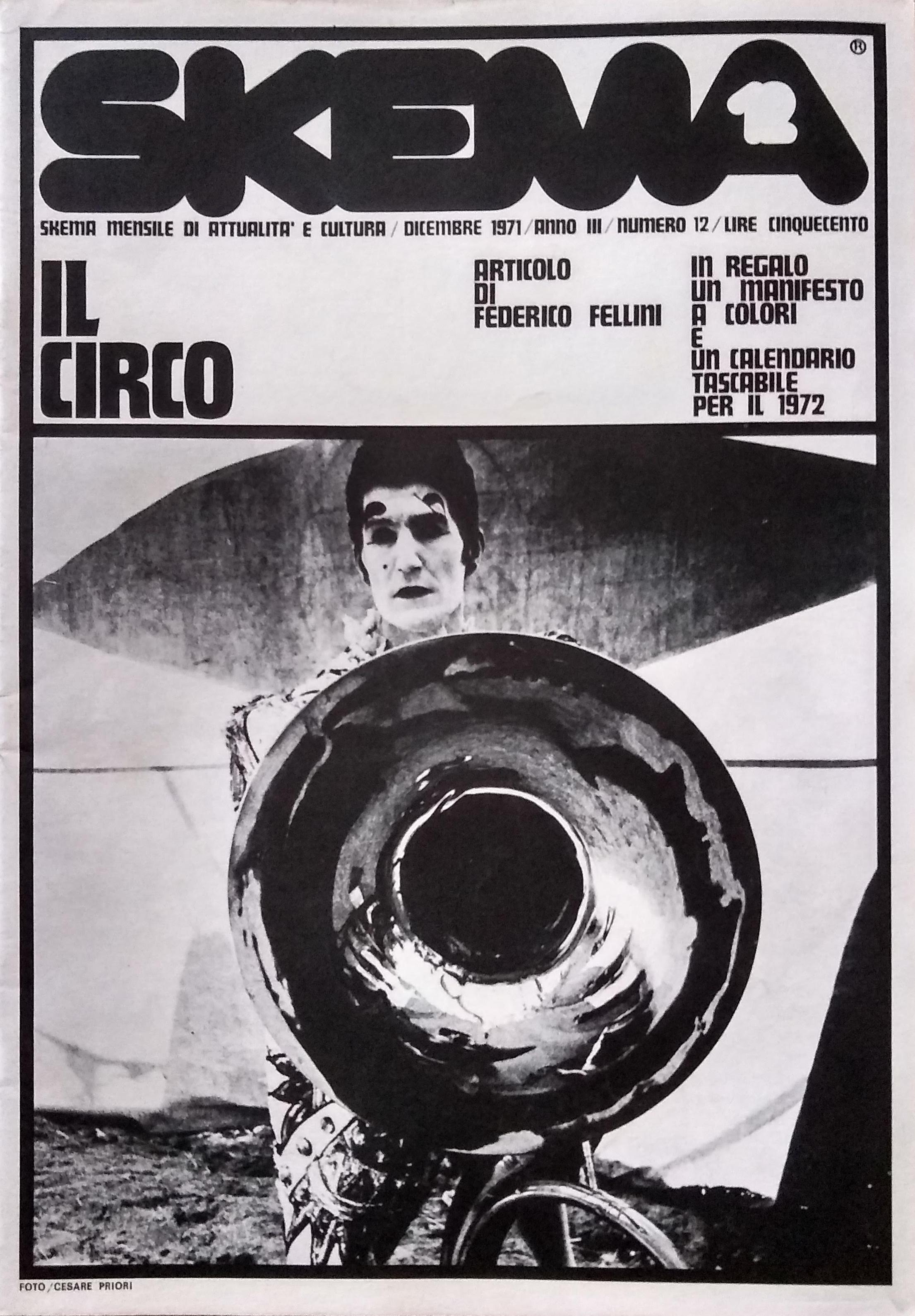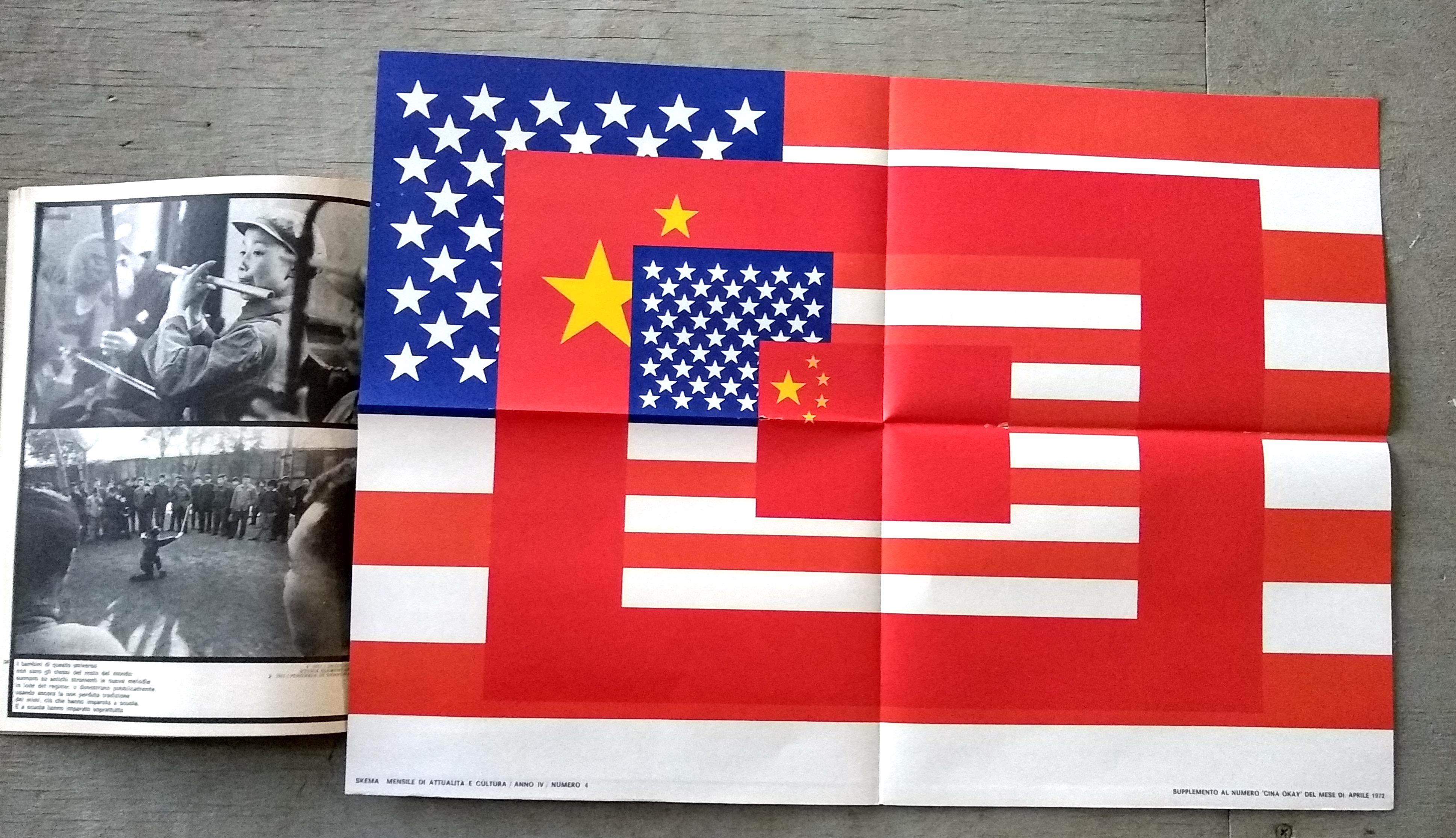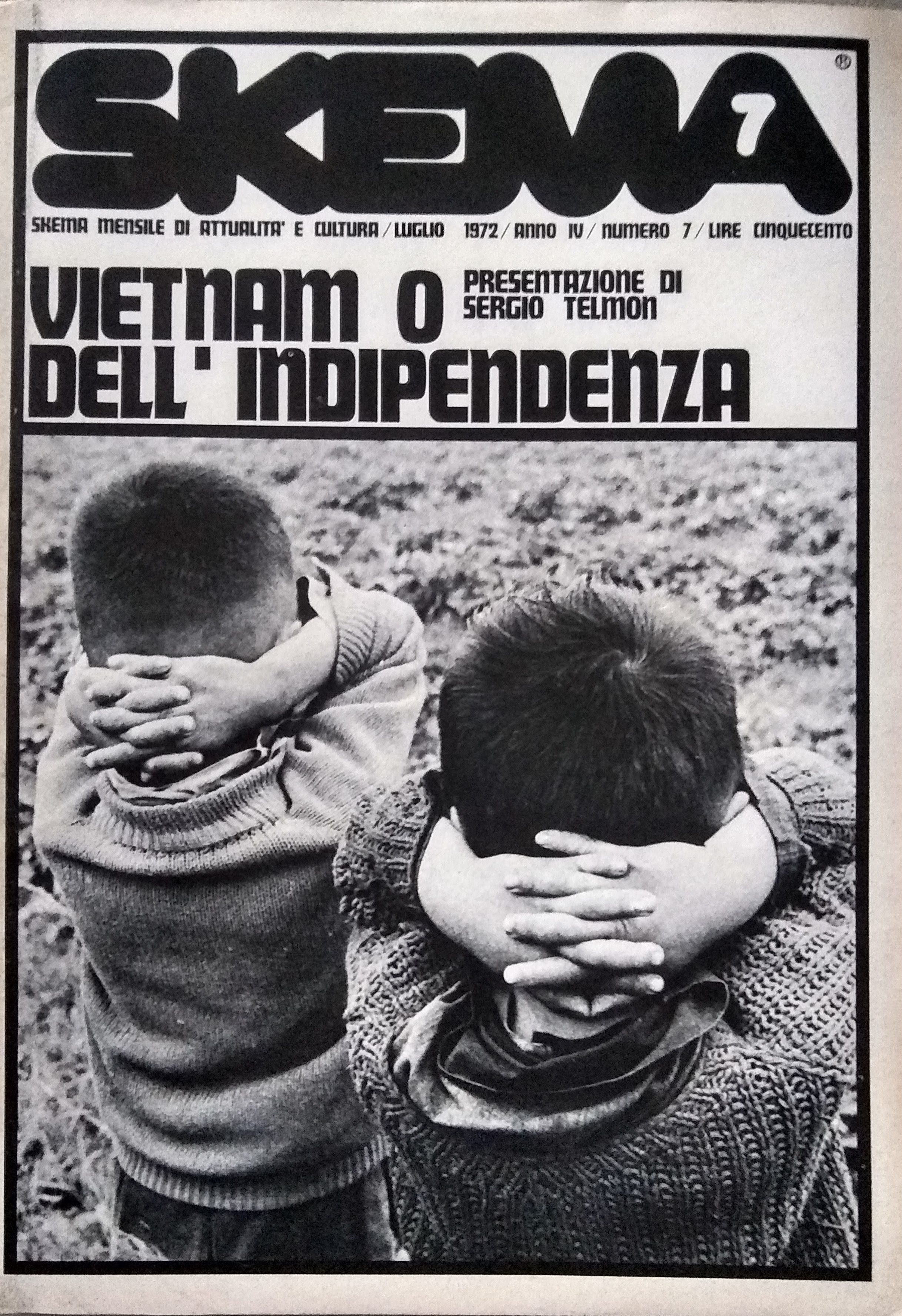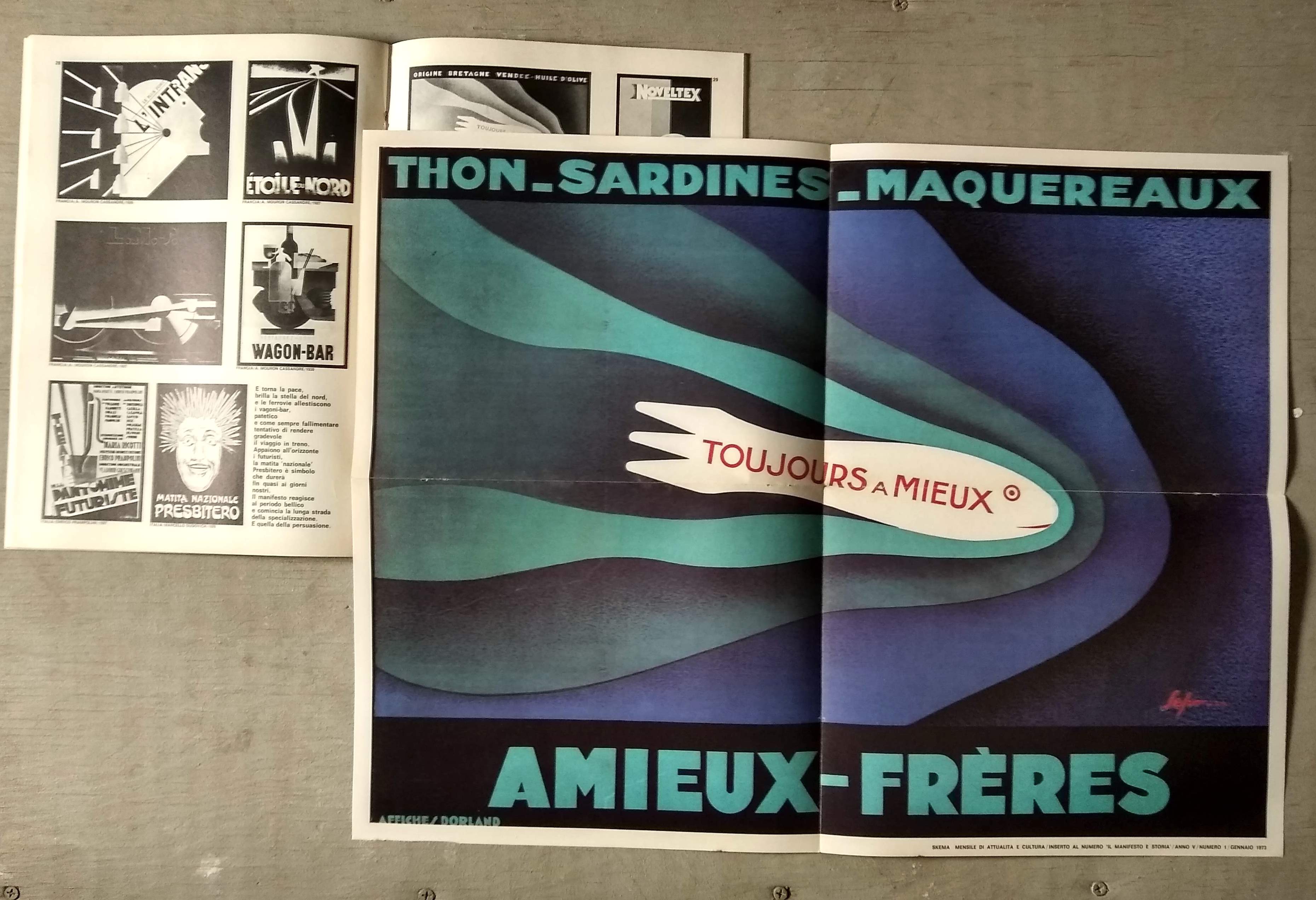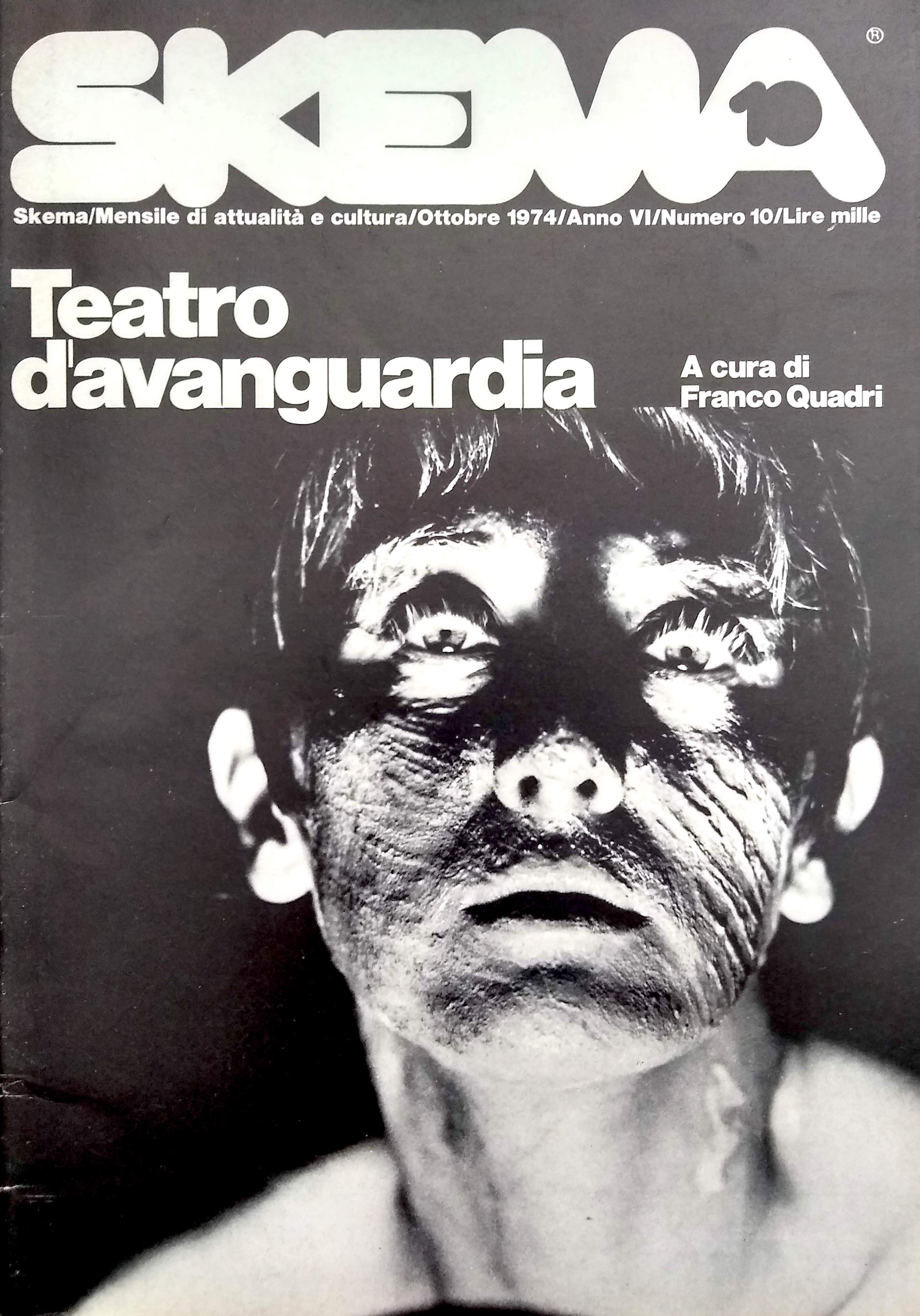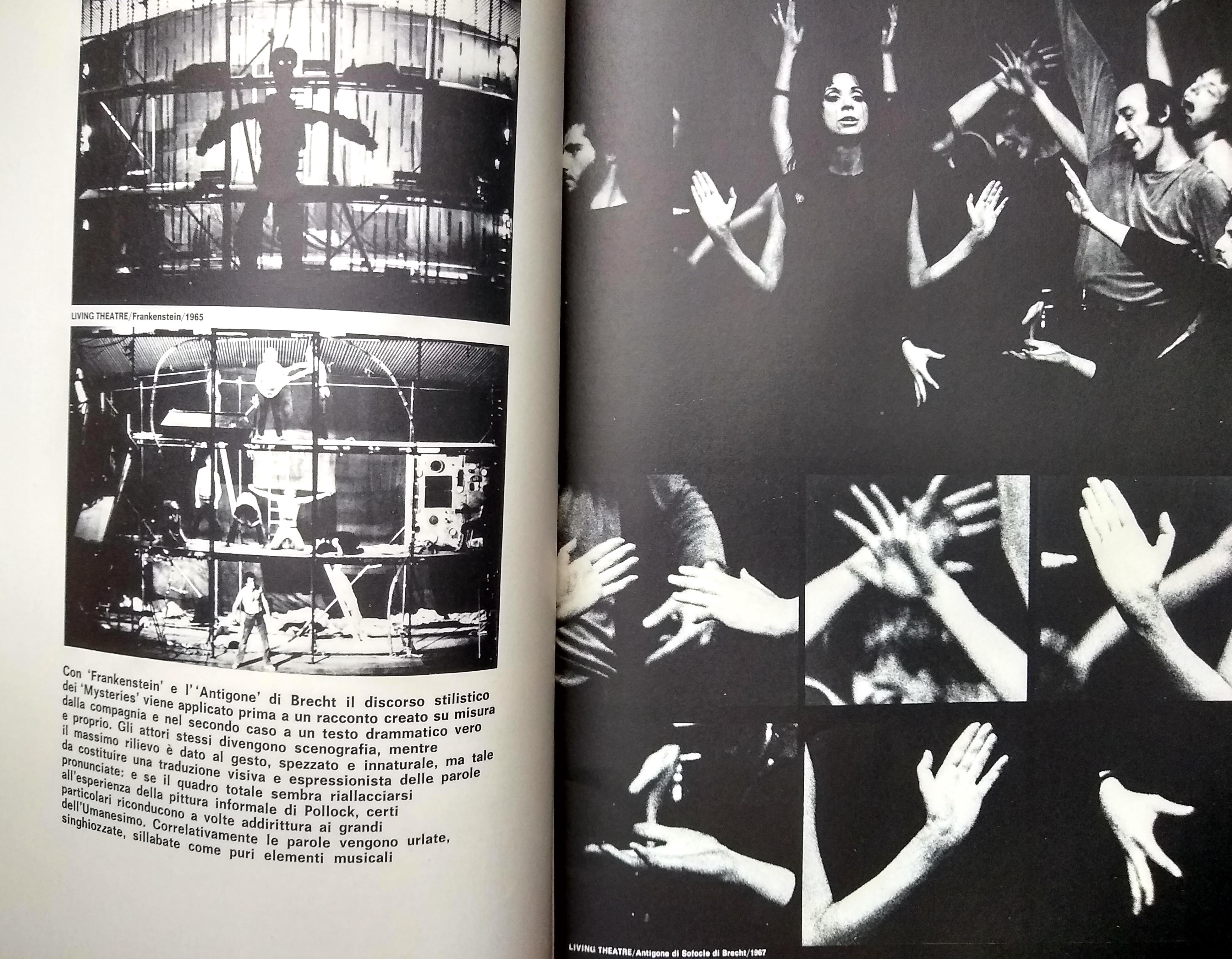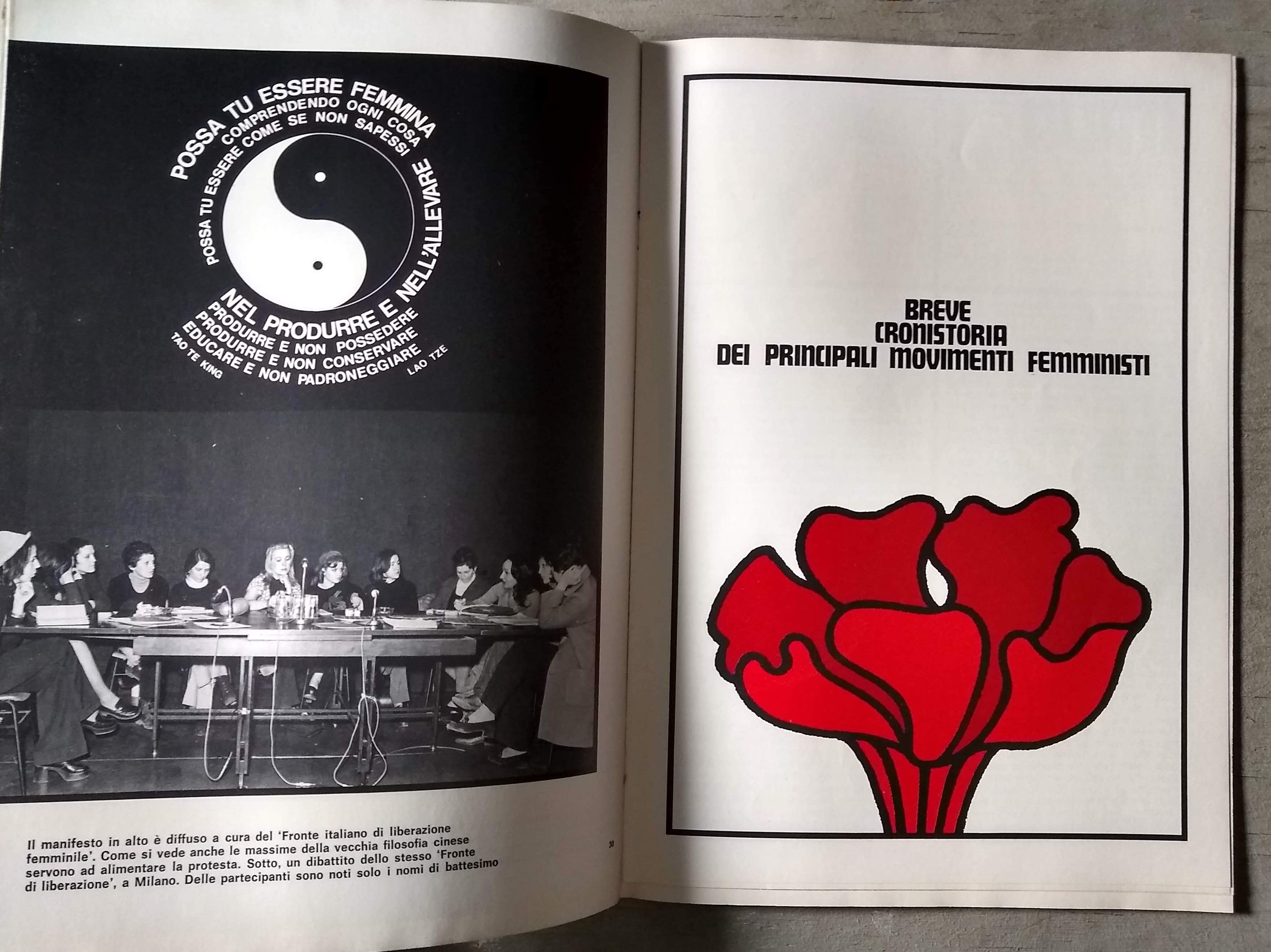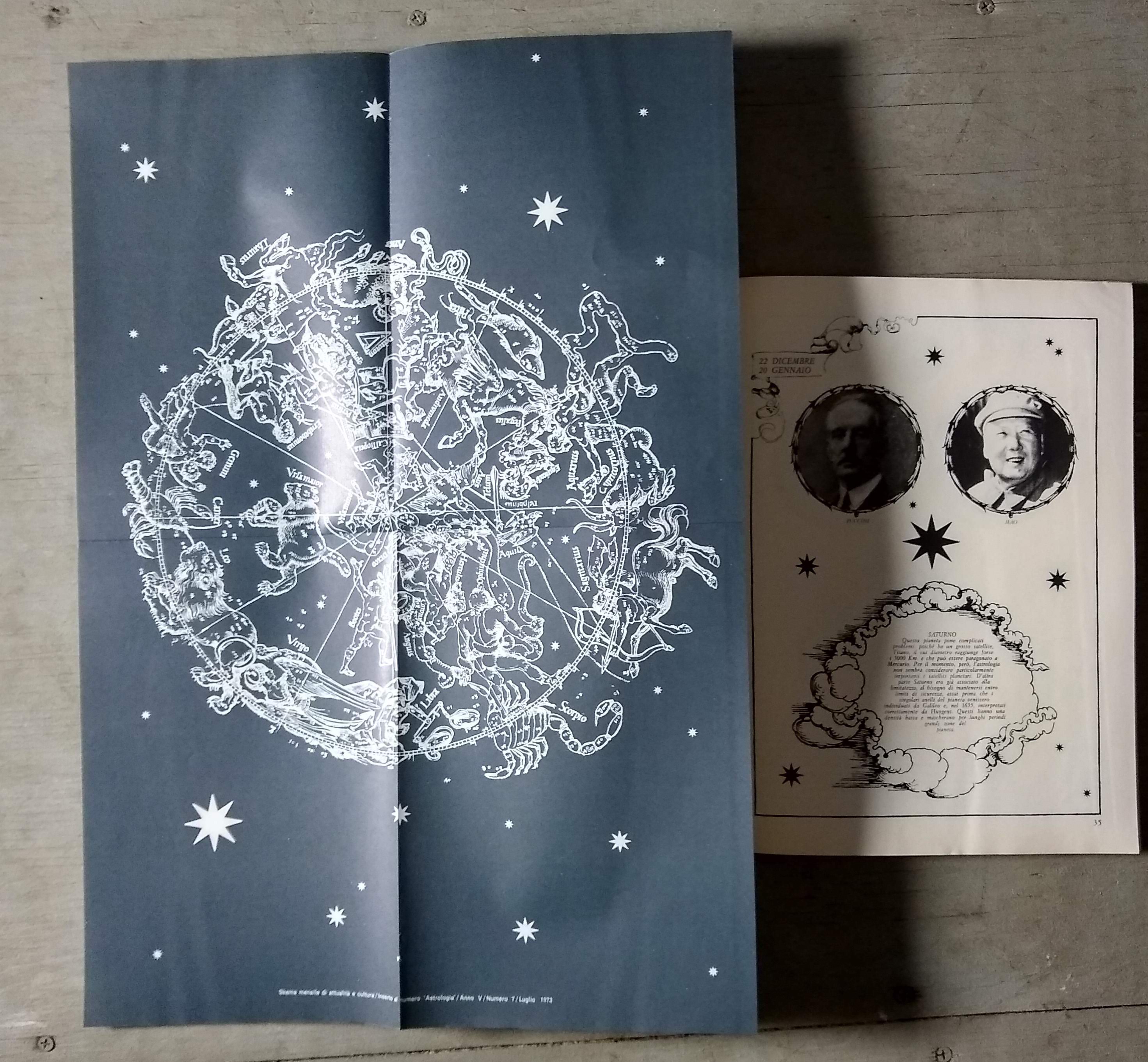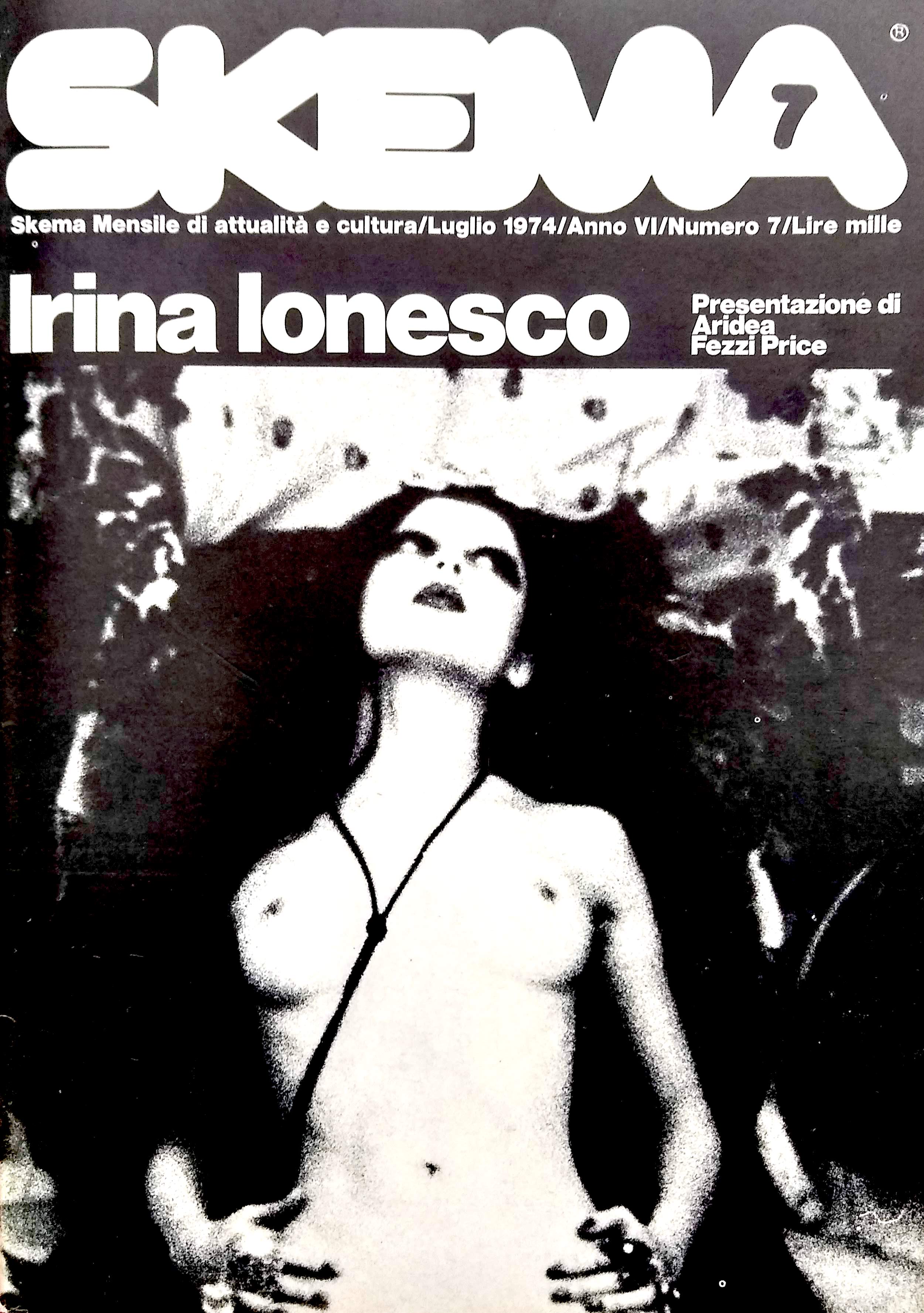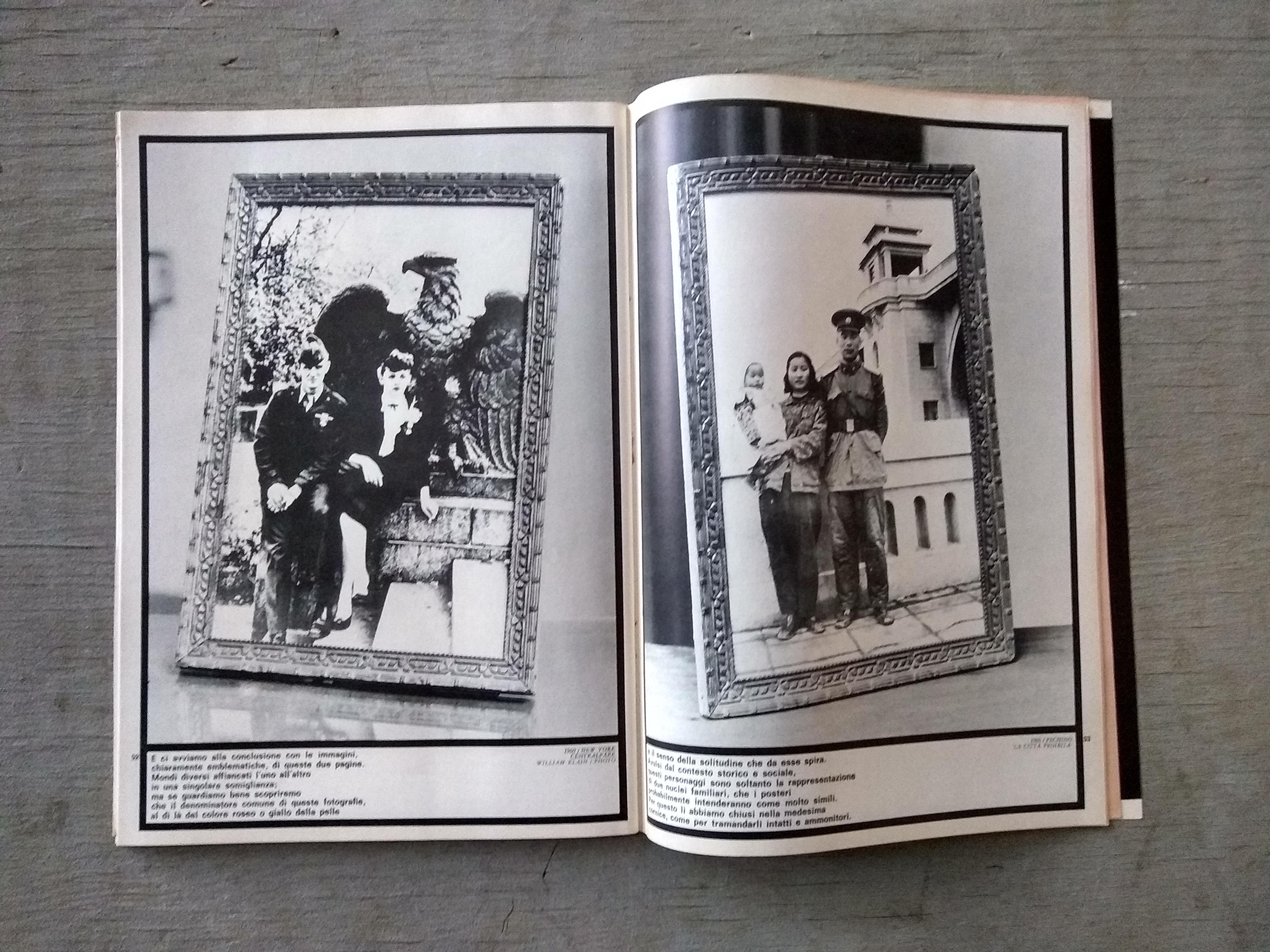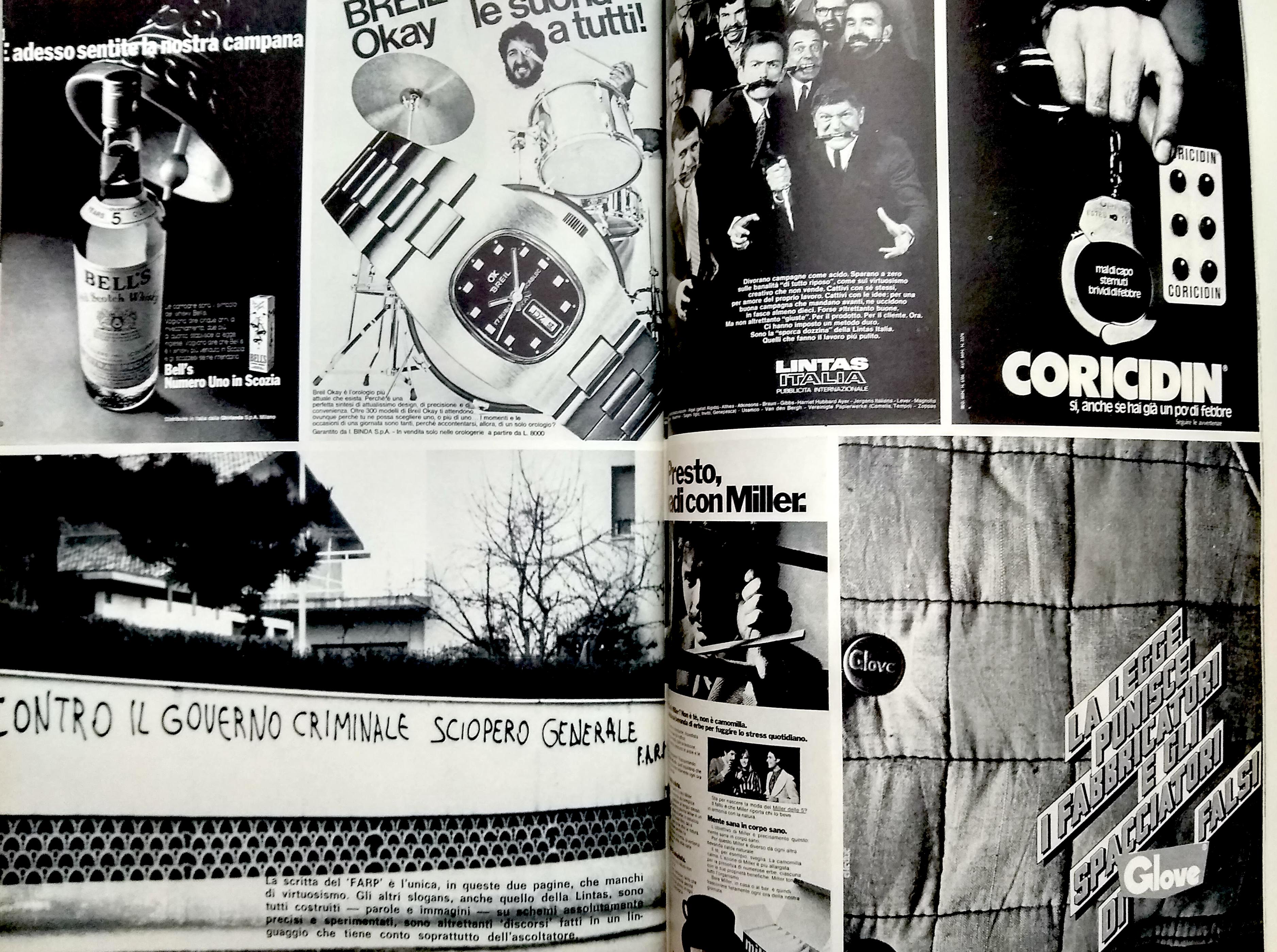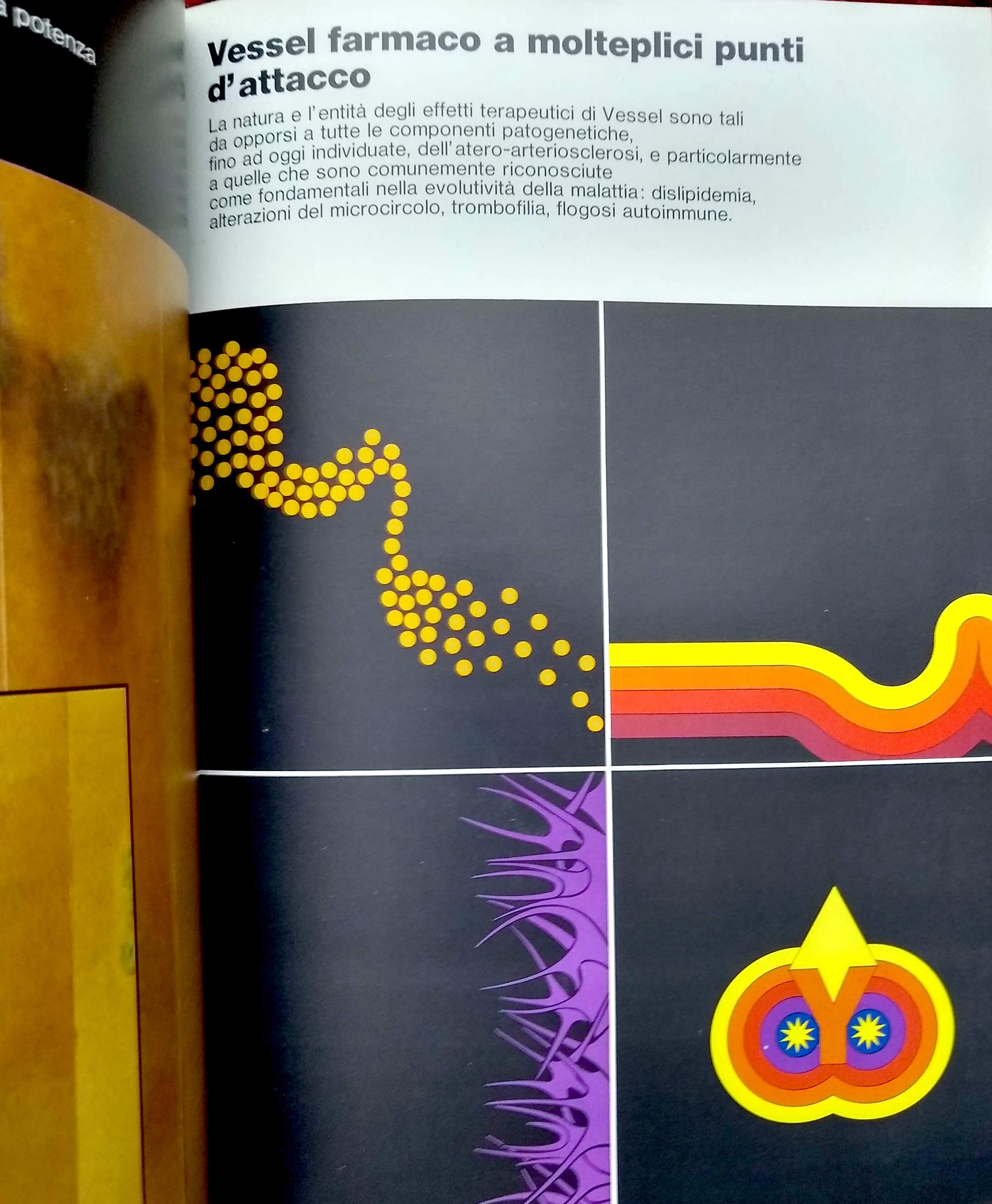GRAPH BOOKS: PRINTED MATTER FROM RADICAL ART AND SOCIAL MOVEMENTS.
FEMINIST HISTORIANS OF MATERIAL CULTURE.
Skema. Mensile fotografico d’attualità. (All published).
1969-1974
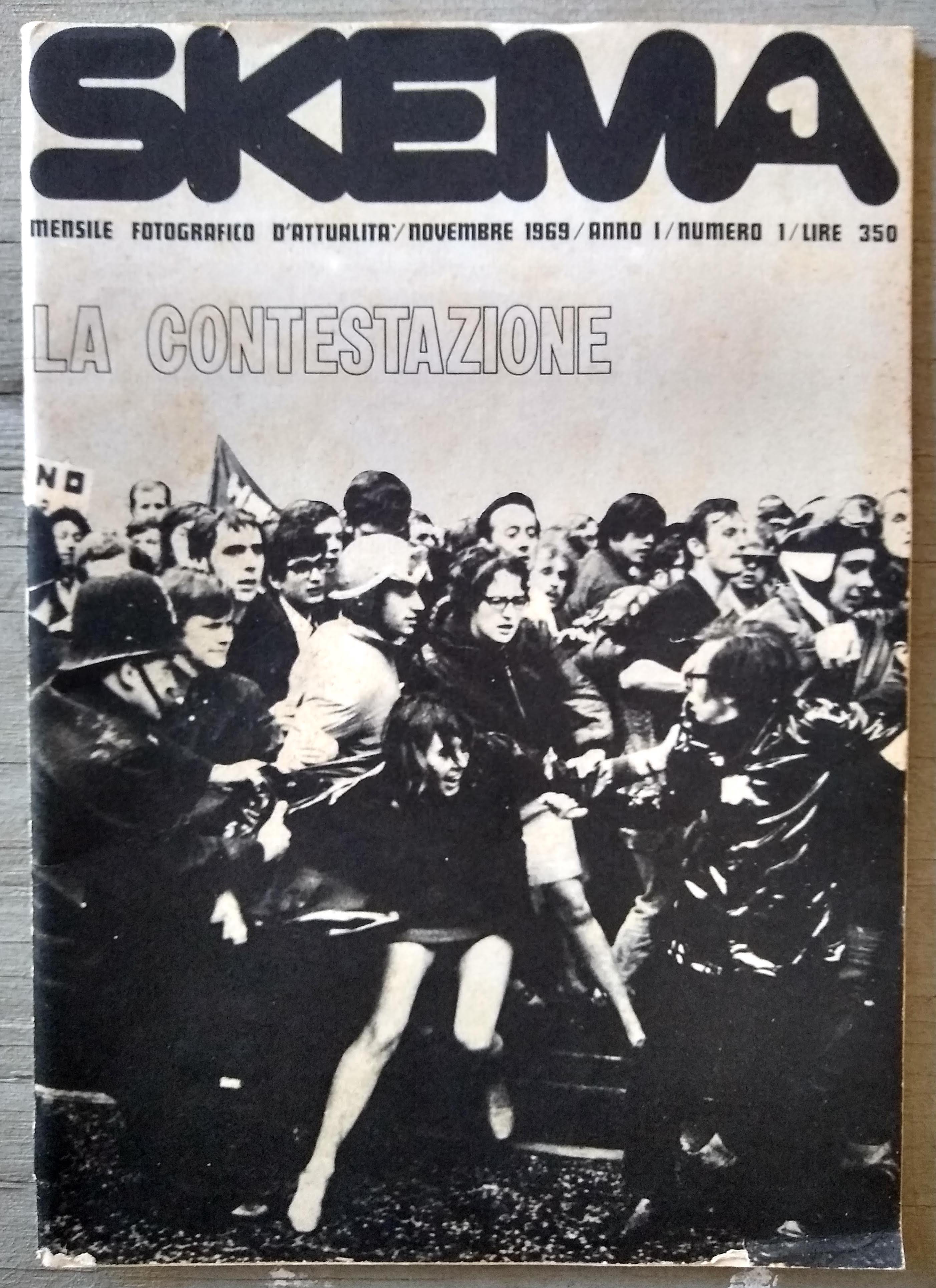
Skema. Mensile fotografico d’attualità. Anno I, No. 1 (November 1969) through Anno VI, No. 12 (December 1974) (all published). Bologna: [ALFA Farmaceutici], 1969-1974.
Comprising a complete run of a rare Italian photographic serial with poster-sized color inserts designed and distributed in association with ALFA Farmaceutici. Monographic issues cover social, cultural, or political themes relevant to this tumultuous period in world history; each introduced by famous Italian public intellectuals, journalists, politicians, scientists, artists, and writers. Including Umberto Eco, Federico Fellini, Gianni Agnelli, and Gillo Dorfles.
Skema was a forum for unmediated photographic storytelling loosely modeled on the anti-realist movement Gruppo 63. In the first issue the editors state “ideas will be directly and freely provided by images: a medium that suffers from fewer alterations.” Echoing some of the experimentalist manifestos of Il Verri, Skema’s editors criticized the perceived transparency of language, freeing meaning to be made instead in the mind of the “viewer.” “Words will remain at the bottom,” with captions and textual interpretation only where world events “most deeply dug a furrow, or a wound, on the crust of common beliefs.”
The eye-catching covers, unusual photographic spreads, and striking color inserts were the responsibility of designer Marco Caroli. Together with editor Franco Vanni, they created a unique visual language juxtaposing international photojournalism, modern infographics, and quotable short form essays in a section called “di parere.”
Topical issues included protest movements, drugs, feminism, avantgarde theater, and Vietnam. But many were also dedicated to scientific and economic aspects of the difficult period that followed Italy’s “economic miracle”: hunger, prisons, agriculture, space, housing, the elderly, divorce, computers, mafia, circus, ecology, China, Latin America, propaganda, anthropology, and a few on single artists or philosophers: Irinia Ionesco, Ghitta Carell, Pablo Picasso, Diderot, and Galileo; among the photojournalism are press photos of installation art, Pop, and assemblage by artists including Wolf Vostell, Andy Warhol, and Ed Kienholz.
The scarcity of complete runs and bibliographic study has led to confusion about Skema’s origins. It is not, as it is often described, a progressive publication with independent social criticism. Instead, it is a deft work of appropriation: produced by Alfa as a promotional tool for its medical and biotech clientele. Skema’s inventive design and forward-looking reporting were a creative and subtle advertisement that was discontinued when production became too expensive. We speculate that Skema was the brainchild of Alfa’s founder, Marino Golinelli, listed in early issues as a member of the editorial board. Later Golinelli became an important collector of contemporary art and a celebrated philanthropist supporting projects in education, arts, and the sciences.
These experimental artistic attitudes were brought to bear on the cataclysmic socio-economic changes affecting lived realities in Italy and abroad. In the case of Skema, they reflect an increased demand for cultural consumption from a new Italian middle class, and the growing sophistication of bourgeois taste.
Scarce. OCLC finds one complete run at the University of Rome. A few scattered issues recorded in British, European, and North American holdings (UCSD and UCLA).
$4500
62 numbers in 58 fascicules, plus two supplements (to Anno III, no. 2 and Anno V, no. 10), Issues range from 60-74 pp., early issues almost exclusively illustrated, reproducing b/w photographs from Italian and international press agencies, including ANSA, Farabola, Publifoto, Keystone, Liverani, Lehtikuva, UPI, and AP among many. Later issues with up to 20 pp. of text on orange newsprint. About 30 issues with color inserts or advertisements offered as a “manifesto” or “regalo una stampa a colori,” some in poster format (unfolded: 22 ½ x 15 ¾ in.), others small bound-in half-page pamphlets, or full-page vintage Fiat ads. Some toning as expected, illustrated wrappers somewhat rubbed, scattered creasing and rounding at corners. Many stamped internally “Omaggi ALFA Farmaceutici [...]” Small loss to front wrap of Anno. I, No. 1. Lacking five inserts or advertisements as follows: Anno II, Nos. 4 and 13; Anno III, No. 7; Anno IV, No. 3; and Anno V, no. 12.
